We asked 10 experts to share their insights on the future of social media and how to apply them to your social media marketing strategy.
Here are the tips they shared and how to apply them.
Key takeaways
- Facebook and YouTube will be the platforms to go to if you’re looking to get benefits from a large user base. At the same time, explore new platforms where your audience is active.
- Focus on creating people-driven, real content. Break content down into episodes and keep experimenting with new content types.
- Build communities on social as well as with the help of email and IRL events.
- Be where your audience is and prepare for the future of lurkers and silent viewers. Try to build trust and meaningful connections with your audience.
- If you’re starting your social advertising journey, start with Meta. - Understand how AI works in advertising and get the most out of your buck.
- Optimize your profile and posts to come up in social search.
- Provide all-day-long support on social with AI and chatbots.
- Partner with micro and nano influencers to reach engaged, niche audiences. - Experiment with co-creation.
The future of social media platforms
People are no longer using just Facebook or Instagram. A typical social media user actively uses or visits an average of 6.8 different social platforms each month.
But which will be the most engaging platform? Or the one that gets the most users? Read on for our predictions.
#1. Instagram is a more complex platform; second primary choice for engagement
A change to profile grids, the launch of a new video editing app called “Edits,” and new social media features like Instagram Trial Reels will make Instagram more complex than before.
And with so many changes coming ashore, inevitably comes the question —" how will all these impact engagement?"
Well, according to our social media benchmarks report, it still outranks some of the other major social platforms.
It actually takes second place after TikTok — a network that now faces a ban in the U.S., bringing more users to Instagram and other apps, which may ultimately lead to an engagement increase wave for Instagram. But we'll see.
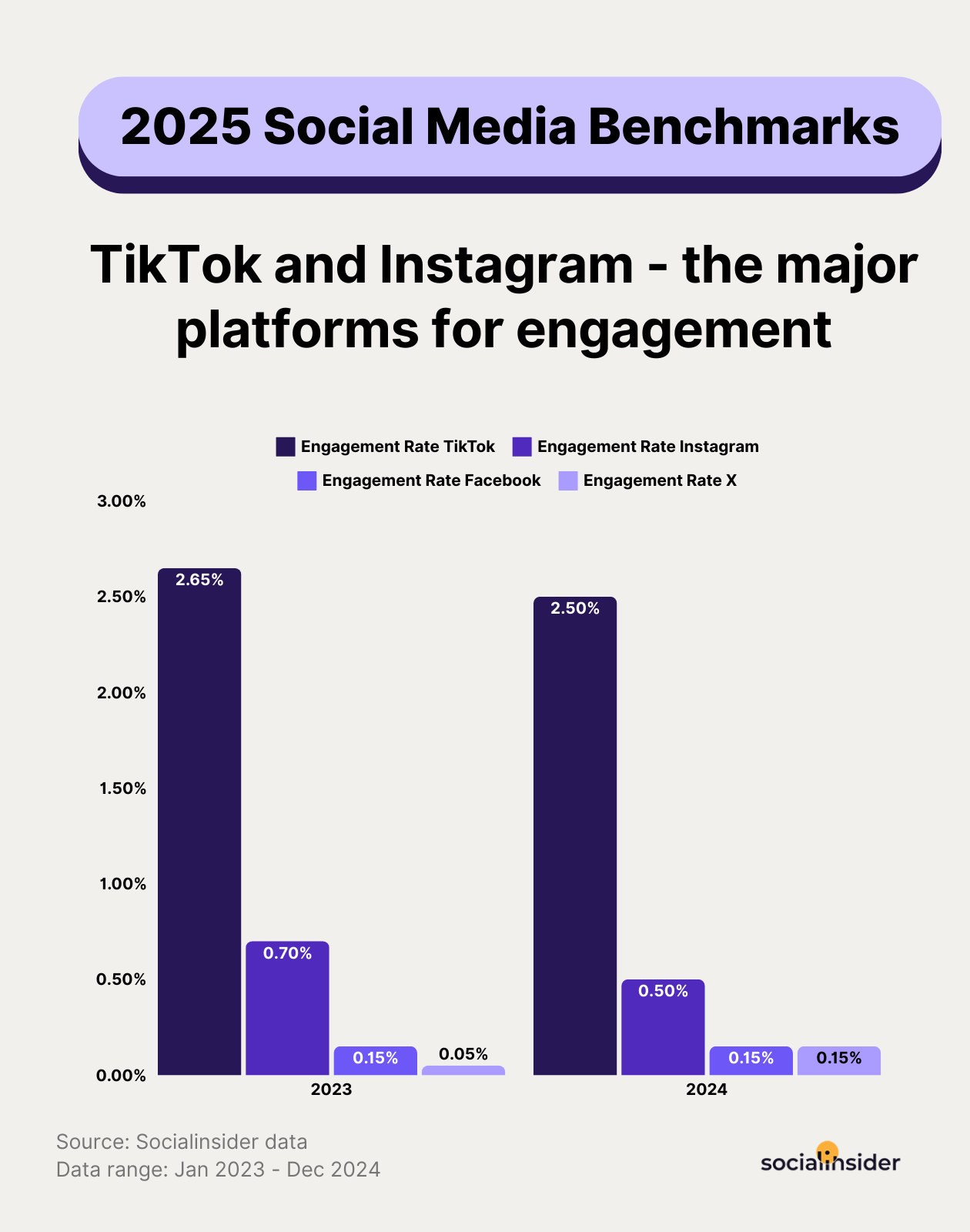
Part of this is due to its high user base. According to Statista, Instagram is the third biggest social platform. This shows that Instagram will be a priority for brands when it comes to preparing for the future of social media marketing.
With a potential TikTok ban on the horizon, more users are likely to flock to Instagram.
Its community-driven vibe, along with features like shopping and stronger ways to connect, could make it the go-to platform for discovery, connection, and content creation moving forward. - Malene Priebe Hold, Social Media Manager @ MCOBeauty
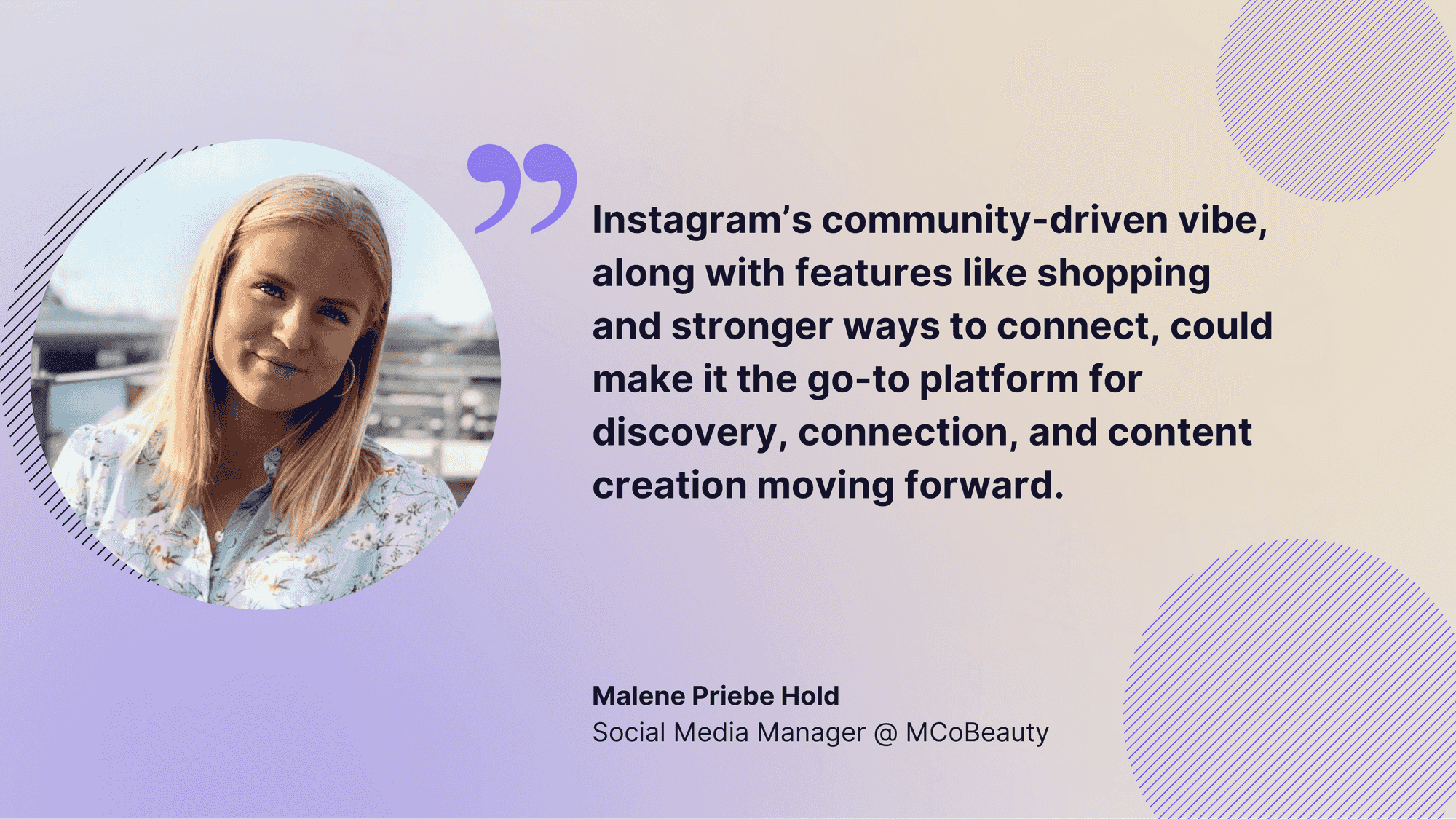
#2. New social media platforms are rising
When we asked ourselves, “What will social media look like in the future?” A common answer was, “It would look new with many upcoming social media platforms.”
People love discovering new social platforms that bring something out of the box.
For example, when news first emerged of the TikTok ban, Bluesky, the new social network, announced that it was bringing custom feeds for video. During that weekend, Bluesky saw its users grow to 28 million.
That’s not all. Some novel features of Bluesky, like a decentralized architecture, ad-free experience, and the ability to create custom feeds, make it a popular choice for many.
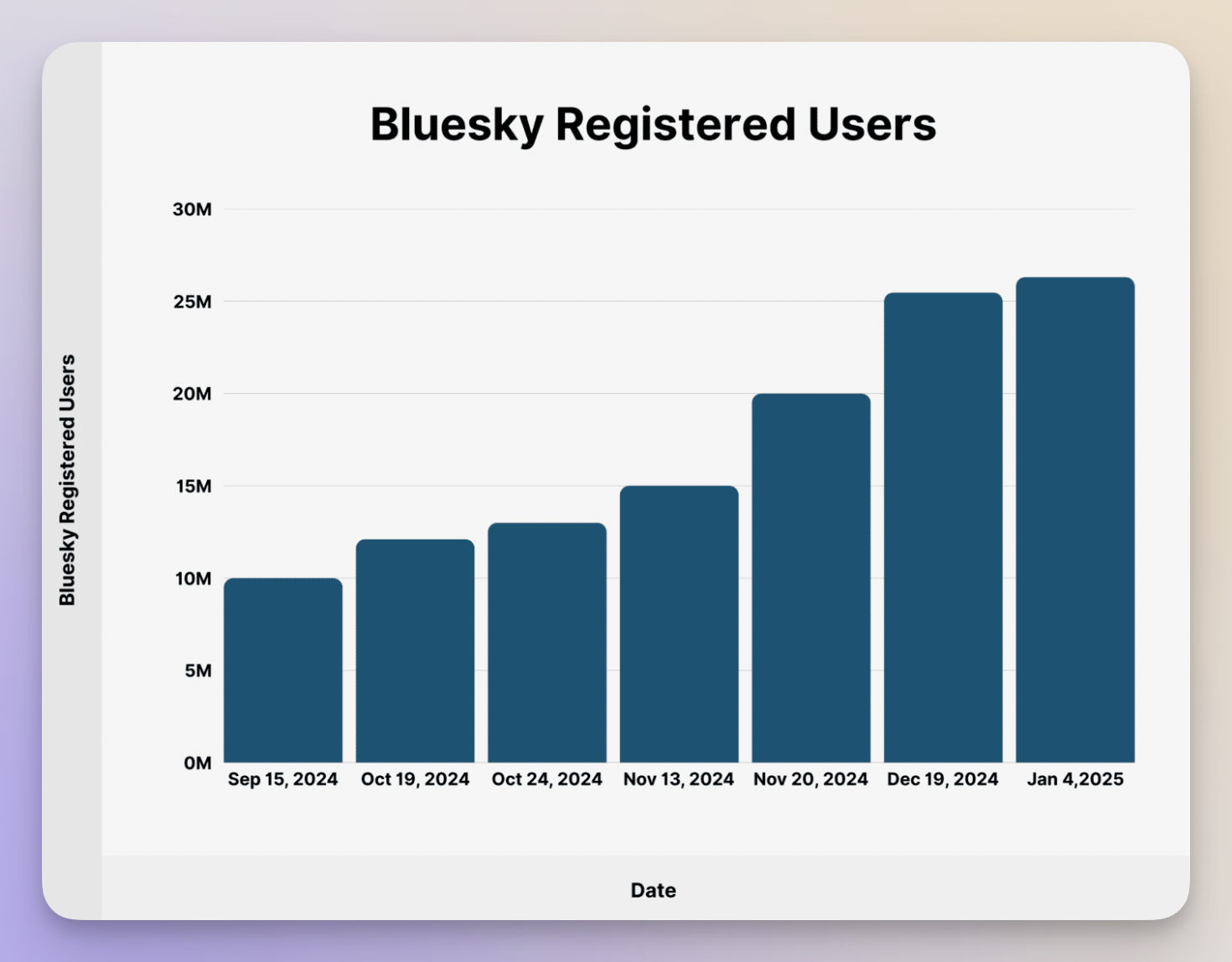
Another decentralized social media app, Mastodon, garnered popularity when X changed hands.
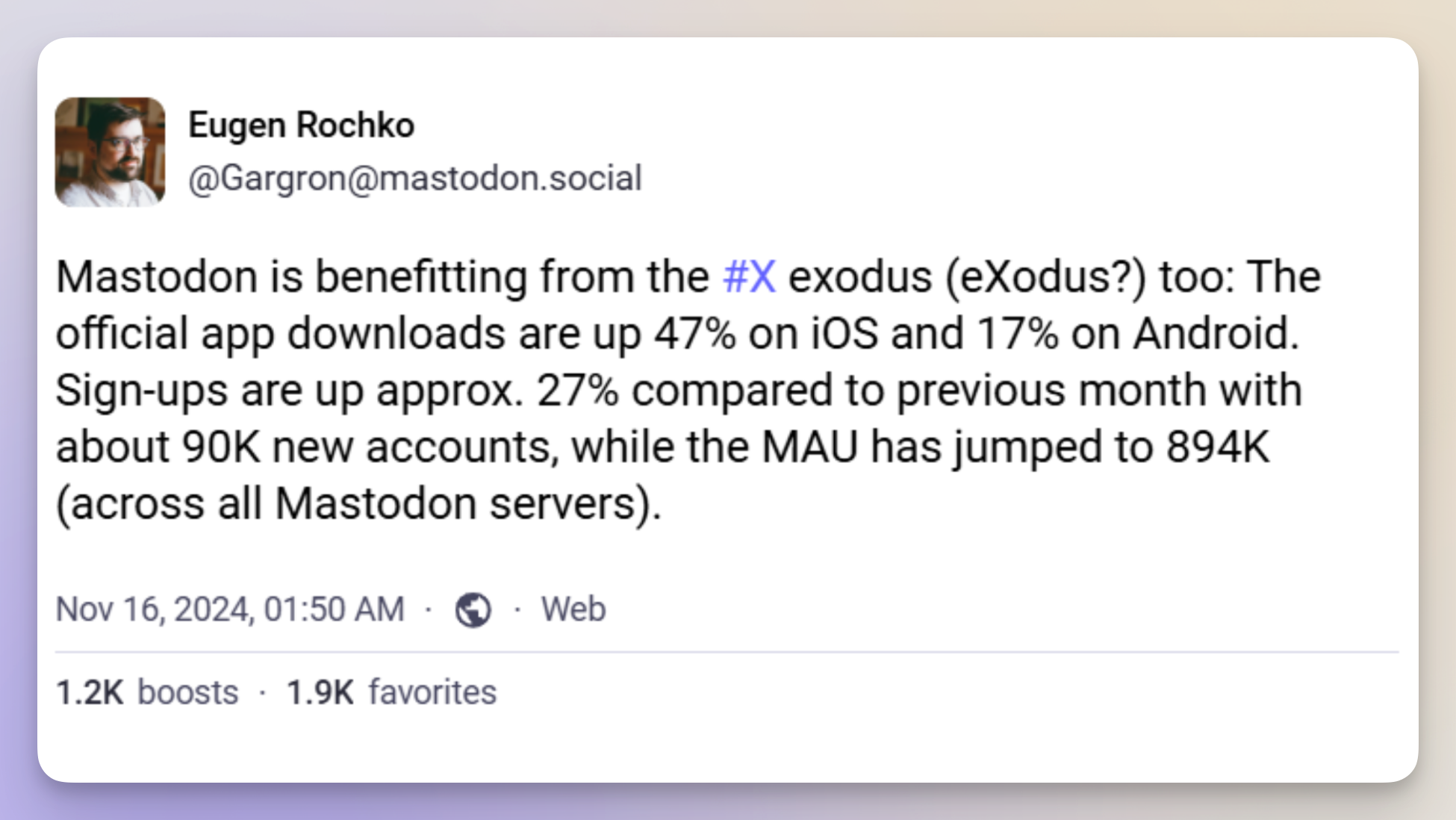
Even Meta launched Threads in July, 2023 to outrival X and provide a similar platform for users to interact. It has amassed a user base of over 275 million MAU (Monthly Active Users).
What does this signify? People are exploring different platforms and as a social media marketer, you will need to pay more attention to where your audience is. If you see an uptick in your target market on platforms like Mastodon or Bluesky, you need to start creating a presence on these future social media platforms.
Stay flexible, keep your eyes open, and don’t be afraid to take risks. Test, learn, and adapt. This is what we do best. - Dayna Sara, Social Media Manager at Dublin Airport
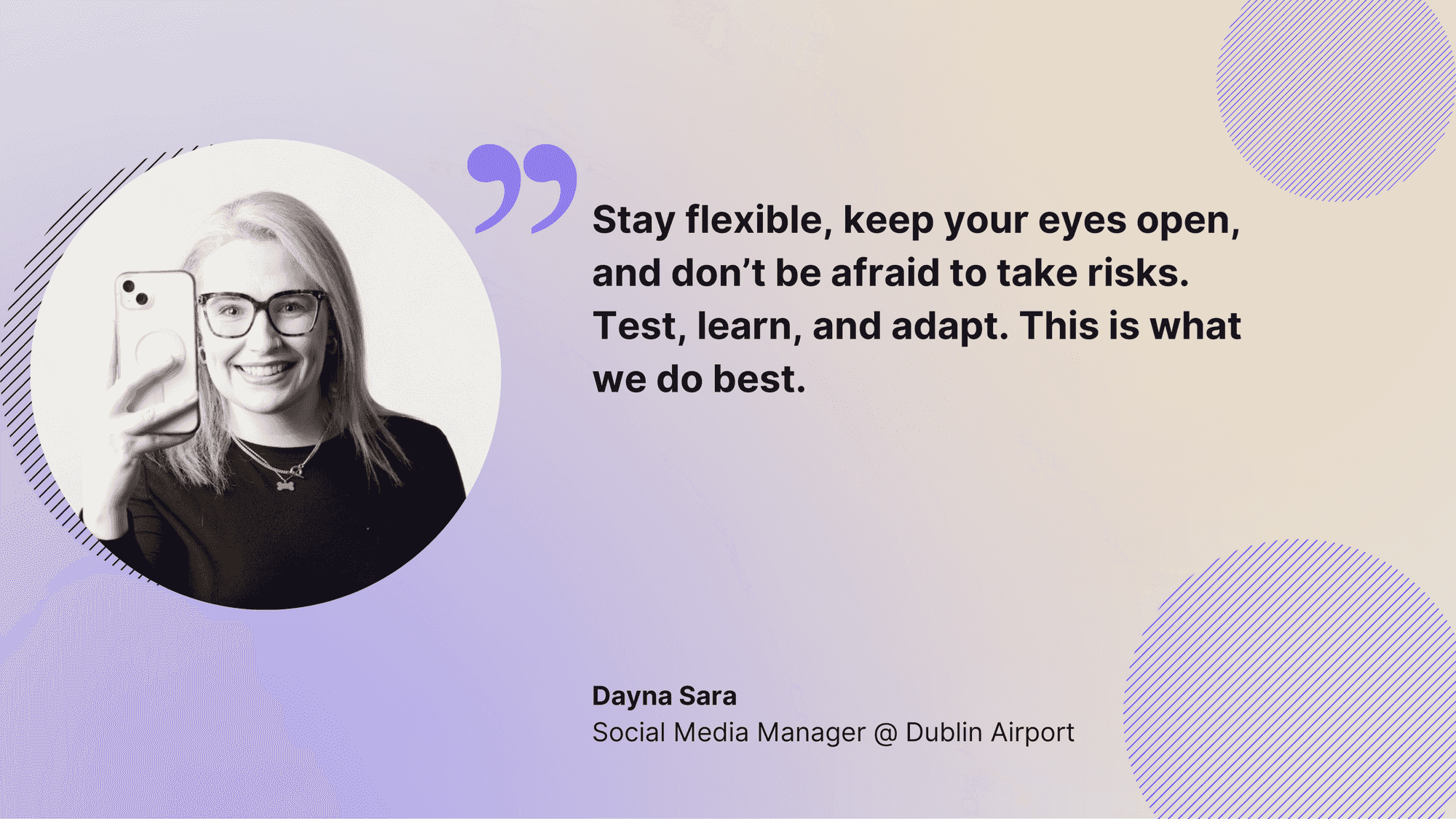
#3. Facebook and YouTube are the platforms with the most active users
Back in 2022, Meta lost nearly $700 billion in market value. Wall Street called it a train wreck. To make matters worse, stats came out that Facebook’s audience is only getting old. Just 3% of U.S. teens use it constantly.
President Tom Alison also said at an event, “We’re still for everyone, but we also recognize that in order to stay relevant, we have to build for… Gen Z.”
Even after all this, it still ranks among the top social platforms with the most active users.
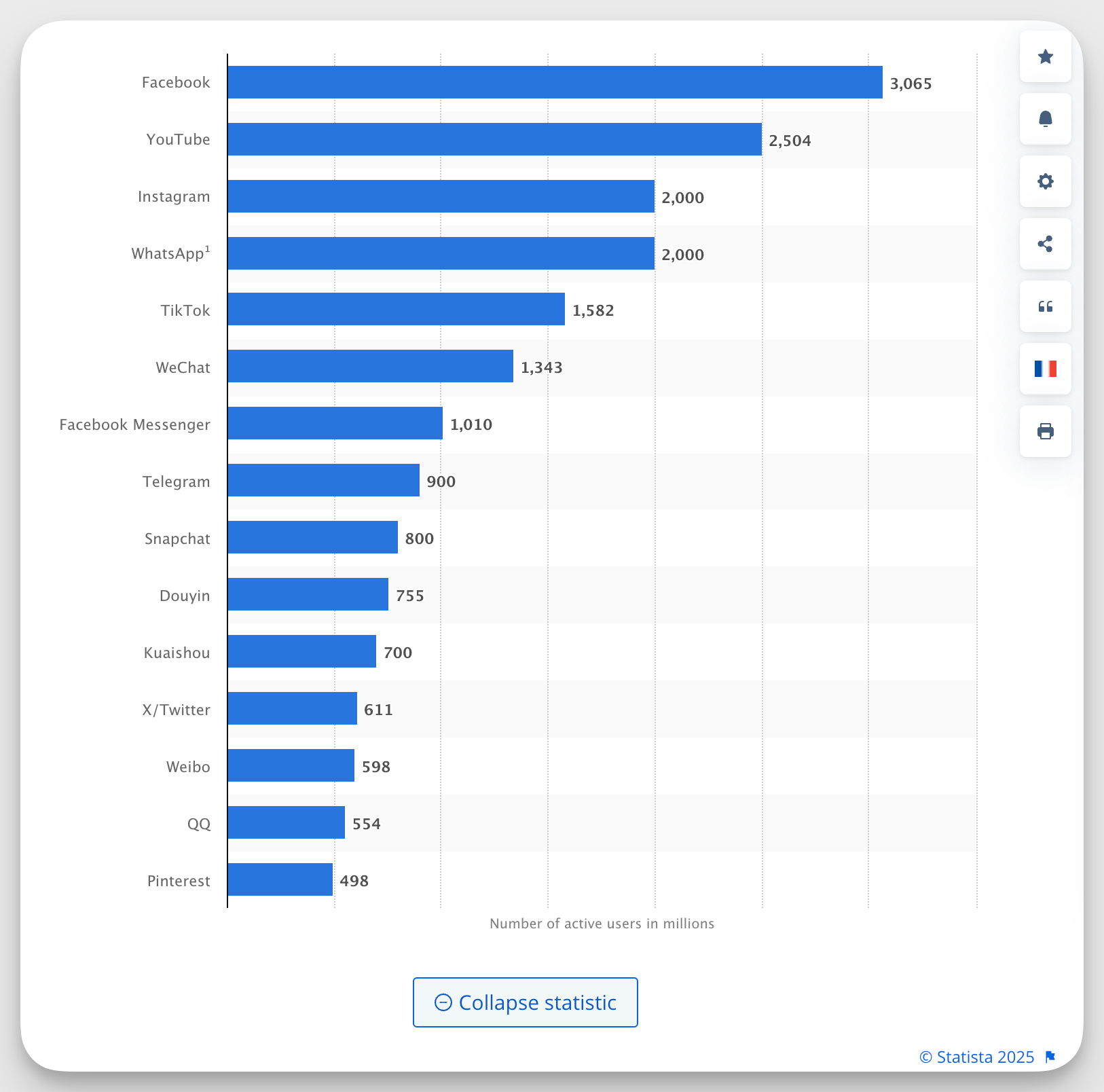
What does this mean? Moving forward, you need to priortize Facebook. Its team is doing everything to draw a younger audience in. From shining a light on content relevant to younger audiences to putting an emphasis on Reels and short-form video content.
Another platform that shines out is YouTube. It has a massive user base of 2.5 billion active users. And the best part? The users are evenly spread out across age groups. This shows that there’s something for everyone on YouTube, no matter the age.
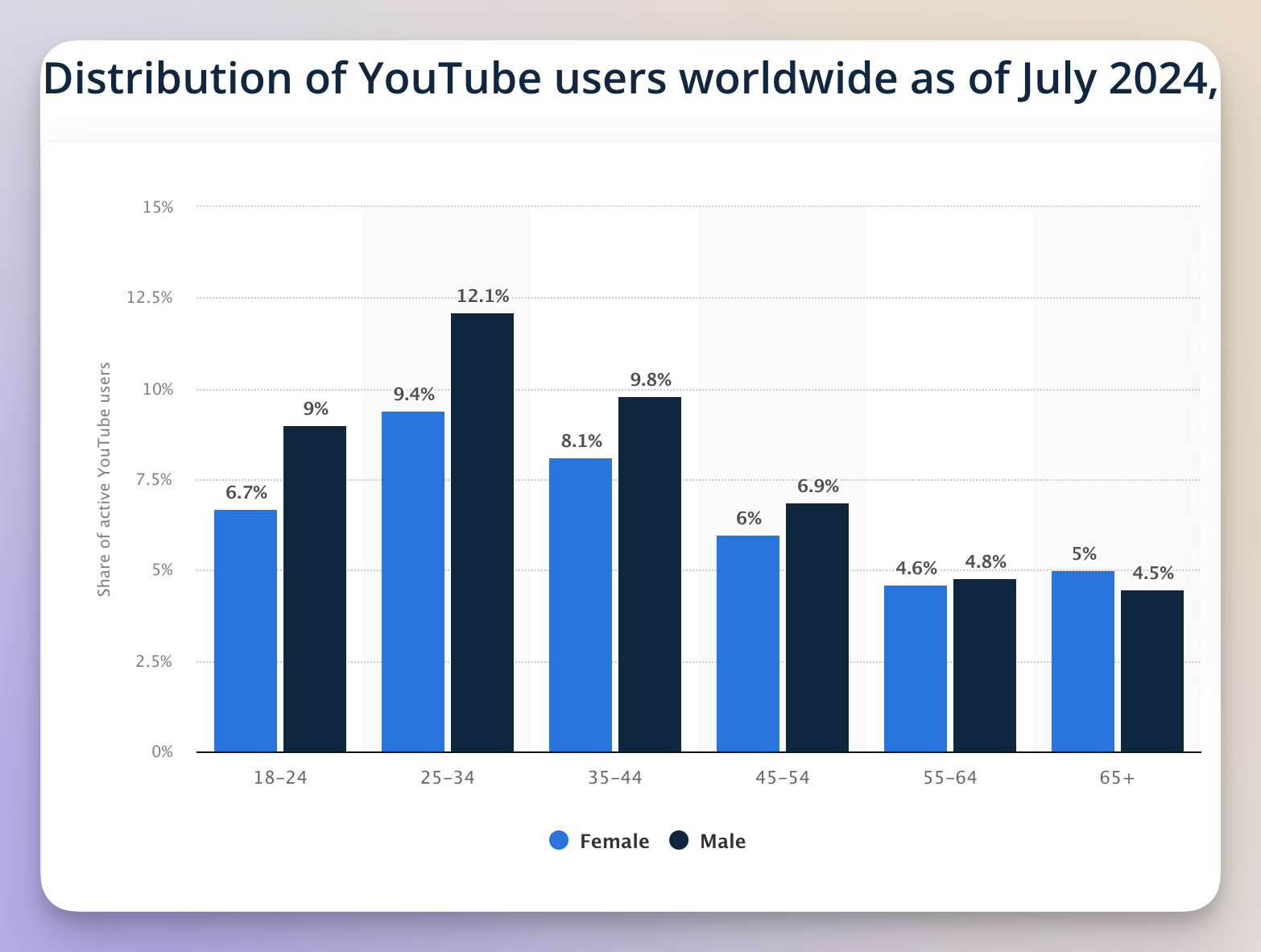
A couple of other reasons we will see more brands capitalizing on YouTube in the coming years:
- YouTube videos rank on Google, making them a powerful SEO tool. These videos have a long lifespan, bringing you more views and engagement even after years of uploading.
- 89% of consumers want to see more video content from brands. With YouTube shorts and long videos, YouTube caters to all kinds of audiences.
Understand why moving to another platform is important
You already have an active presence on platforms like Instagram and Facebook.
The moment you hear news of new social platforms like Bluesky and Threads becoming more popular, you ask yourself, “Should we be active here too?”
The answer is - it depends:
- Are you unable to reach your target audience on current platforms?
- Is the new platform’s demographics aligning with your goals?
- Are you looking to diversify and reduce risk?
Kineta Kelsall, founder and director of School of Social, suggests something similar about being on trending social media platforms—
It's not about reacting quickly and setting up new channels out of sheer panic, but if your audience moves somewhere new, you should at least be listening to see if you need to be there too.
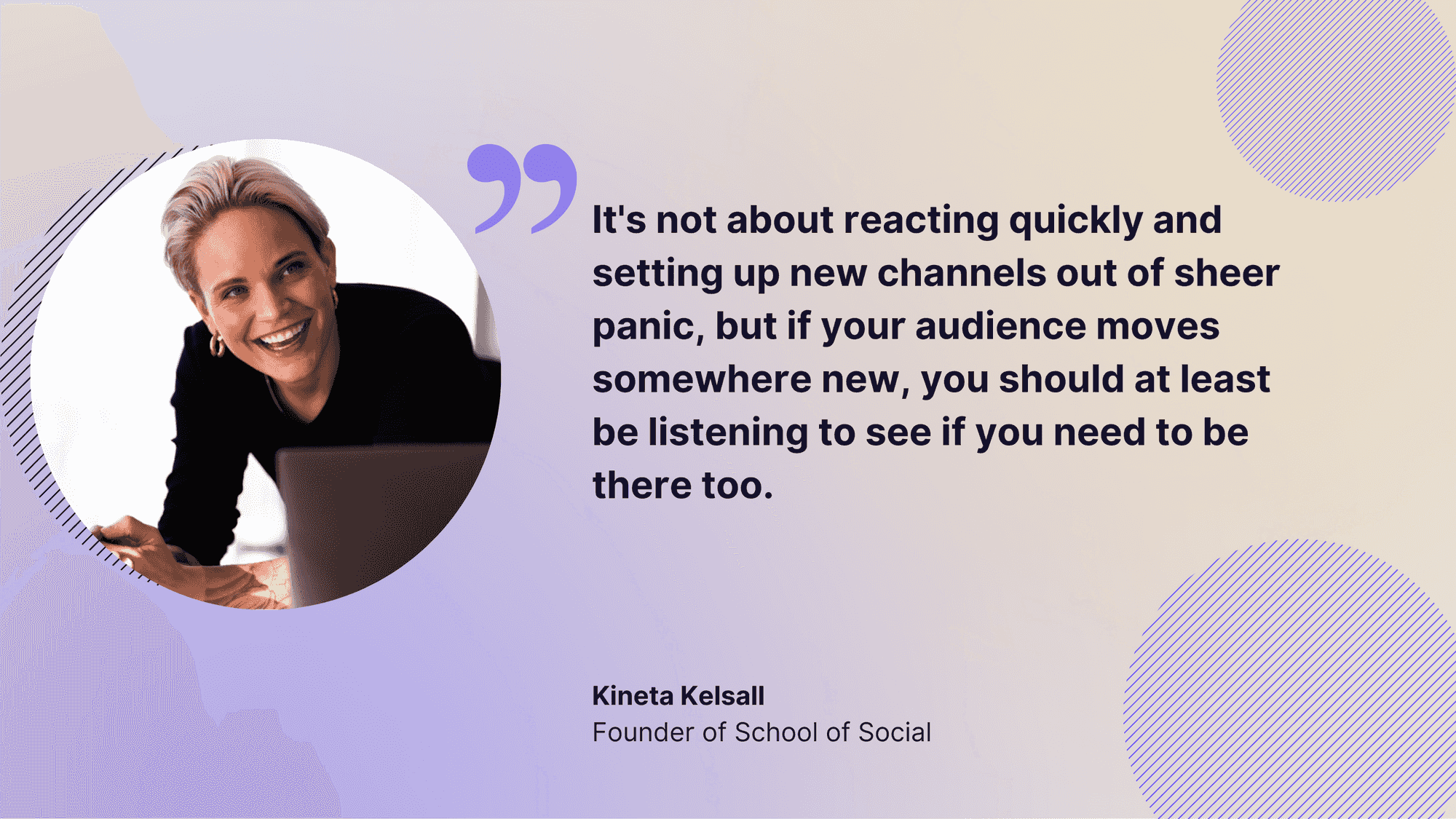
The future of social media content
People are tired of branded content. But then, what can we, as brands, create?
Here are a couple of predictions of the kind of content that will gain more popularity and engagement.
#4. Embrace the era of raw content and people-driven stories
Changes in social media are happening at lightning speed, and in 2025 and beyond, authenticity will be the new currency. As Dorien More, social media strategist at More In Media, puts it:
Social media is evolving even faster than before! In 2025, it's all about keeping it real. Real people. Real talk. Real conversations.
Brands should embrace raw content and people-driven stories. Forget polished ads. Instead, show and tell. Let employees and customers be the storytellers. Mix entertainment with learning, making it fun and valuable. - Dorien Morin, Social Media Strategist
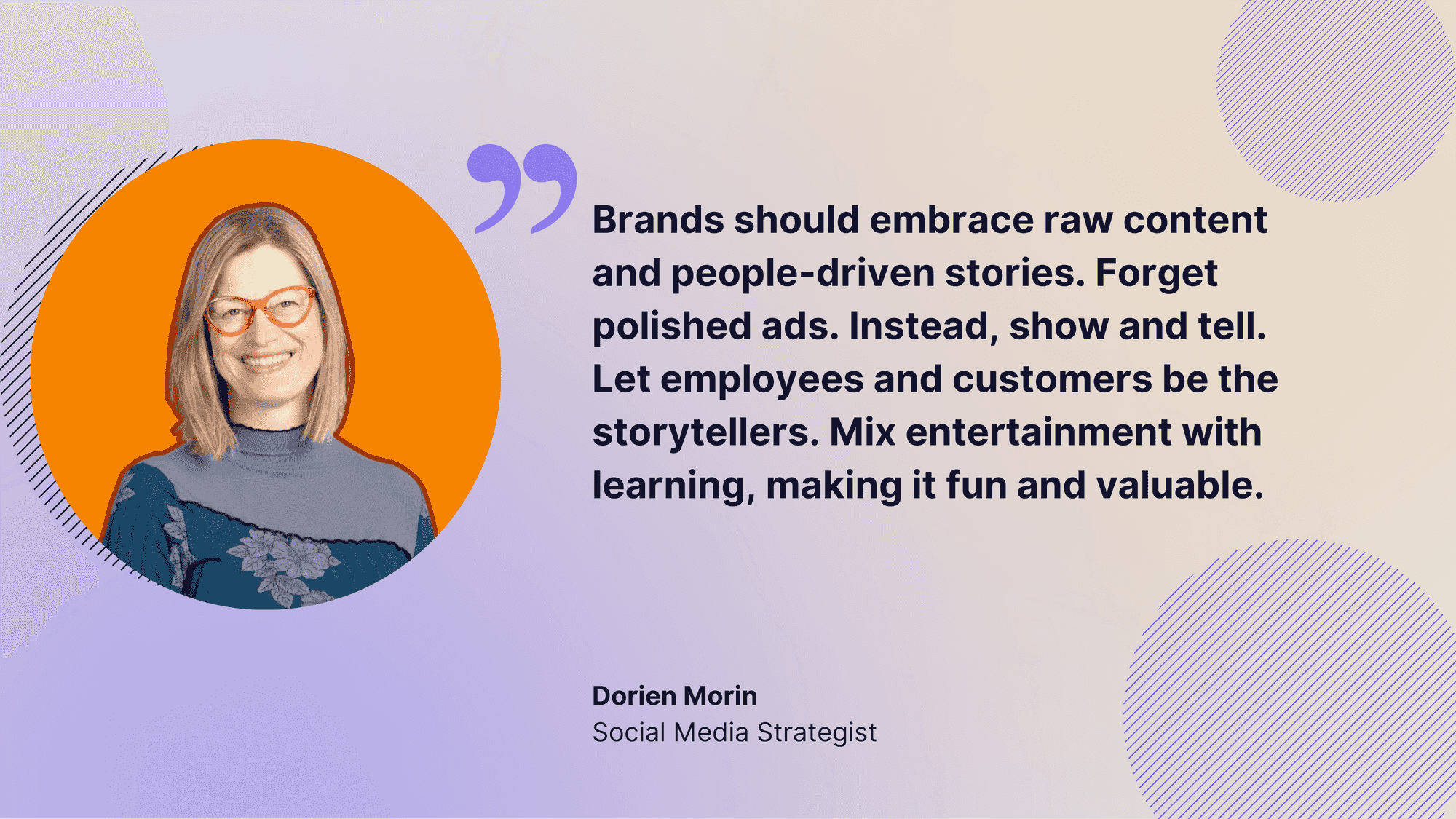
And I couldn’t agree more. The brands and content I find most engaging on social media aren’t the ones with glossy, high-production ads—they’re the ones sharing real stories from real people.
Whether it’s an employee opening up about their journey, a behind-the-scenes reel, or a candid moment from leadership, this type of content resonates deeply.
One brand that I love for this is Starbucks. Much of their content is people-driven and raw. They feature baristas often. For example, this Reel showcasing their menu could easily have been a post. Instead, they let the barista introduce the Fall Menu.
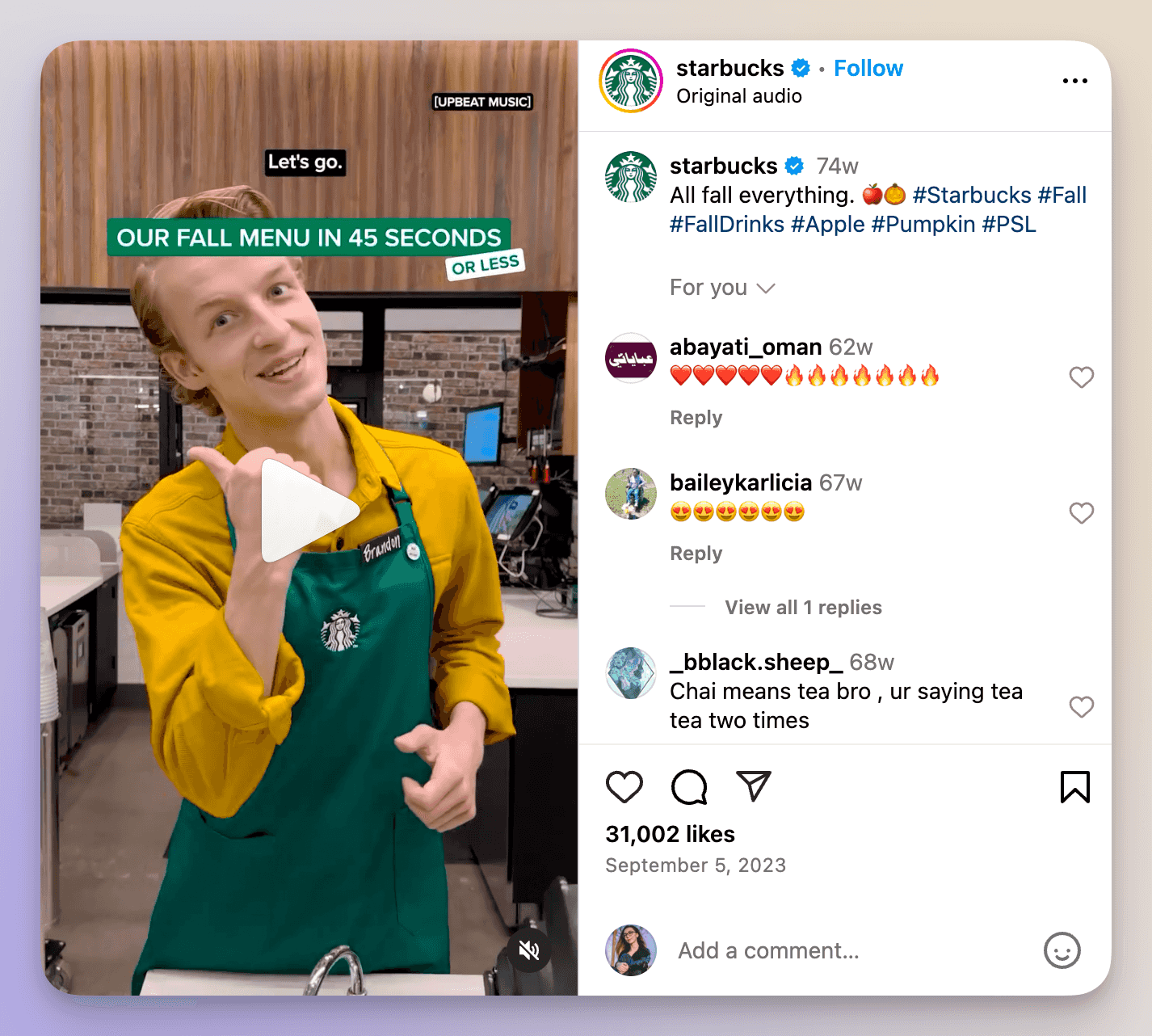
This approach isn’t just more fun—it’s more effective. It builds trust, fosters deeper connections, and makes your brand feel more human.
No wonder HubSpot research found that consumers prefer relatable and authentic videos over polished and high-production value videos.
The future of social content isn’t about looking perfect, it’s about being real.
#5. Diversify your content strategies
Are your status posts getting a lot of engagement? Or do educational reels get many saves?
This can lead you to believe, “Let’s just prioritize this content format or content type.” While it’s not wrong, you can run down the rabbit hole with this strategy.
If we can be sure of one thing about the future of social media, it’s that no content strategy will produce the same results for years on end. You need to experiment with different formats and types.
We also recommend staying tuned with latest studies and statistics that show you what is working well on social media.
Here are some findings from our latest benchmarks report for each platform:
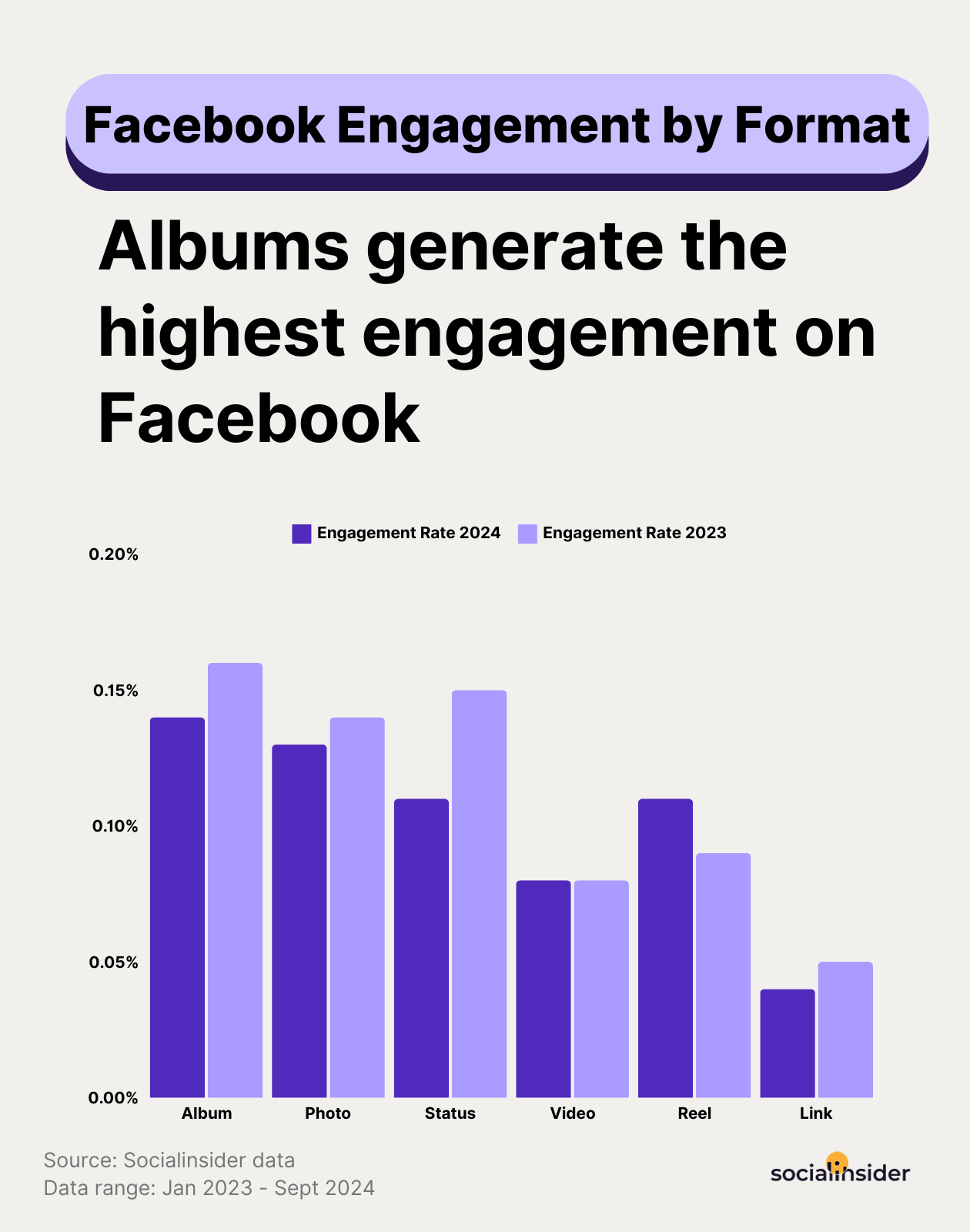
- Reels get a great number of impressions and comments on Instagram.
- Posts with multiple images generate the highest number of likes and comments on LinkedIn.
- Integrate carousels into your TikTok marketing strategy, as they generate 12% more engagement than videos.
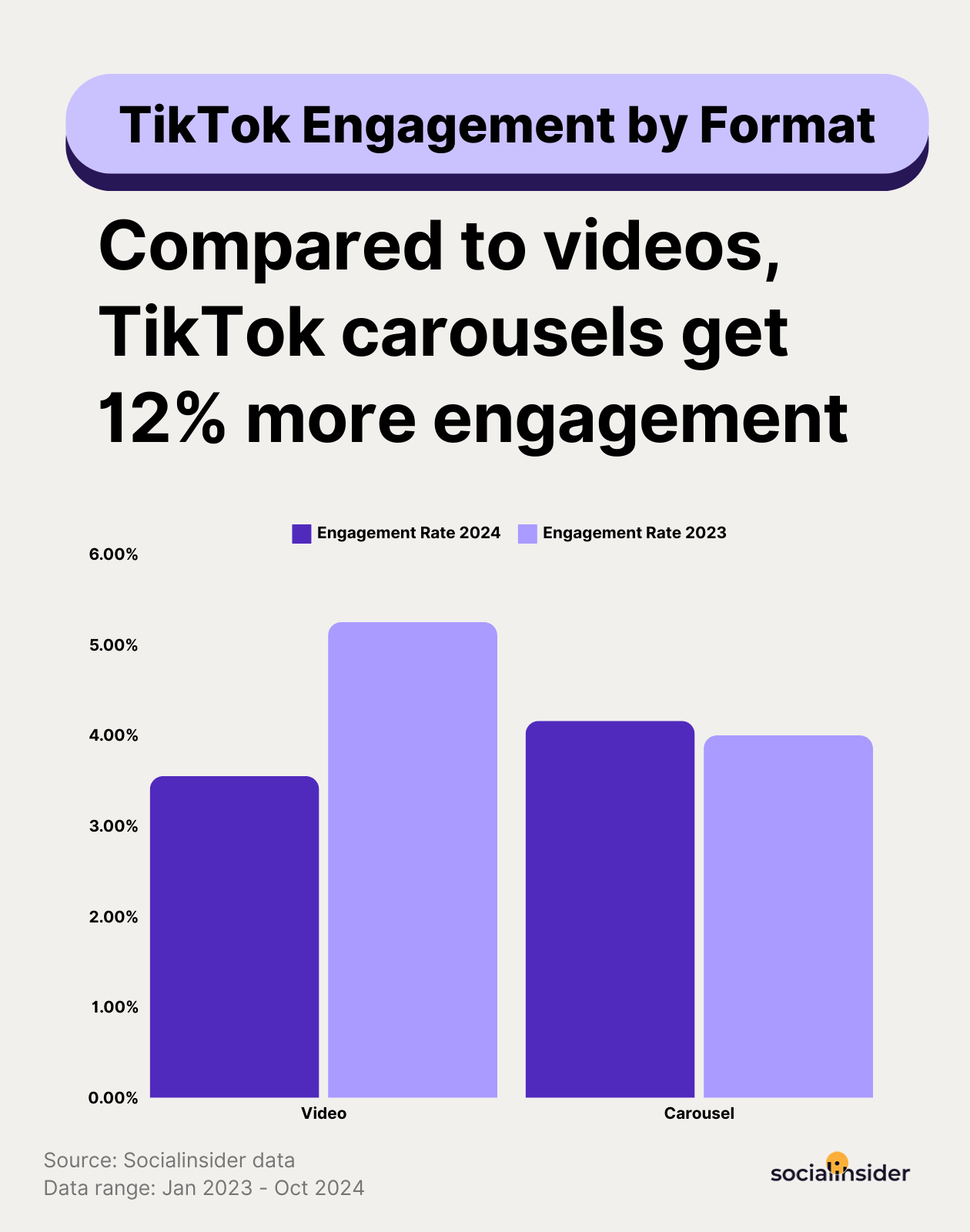
#6. Short-form video dominates engagement on social media
85% of viewers prefer watching videos with a duration of 15 seconds or less.
This shouldn’t be surprising. Think about it. Whether you open Instagram, YouTube, or TikTok, you see more short-form videos than long ones. This is in part due to the infinite scroll on all these platforms.
According to a recent study, these short-form videos get more views and likes than long-form videos.
A focus on short-form videos in the coming years is inevitable. Why? Our attention spans are only decreasing by the day.
According to research by Gloria Mark, a psychologist and author of Attention Span, people’s focus on a screen in 2004 was an average of 2.5 minutes, which was reduced to 47 seconds in 2024.
And as these videos are also easier to create than 20 or 30-minute-long videos, they are cost-effective for businesses.
If you’re wondering which platform wins when it comes to short-form video, it’s TikTok as of now. The average time spent on TikTok (34 hours per month) is higher compared to YouTube (28 hours and 5 minutes) and Instagram (15 hours and 50 minutes).
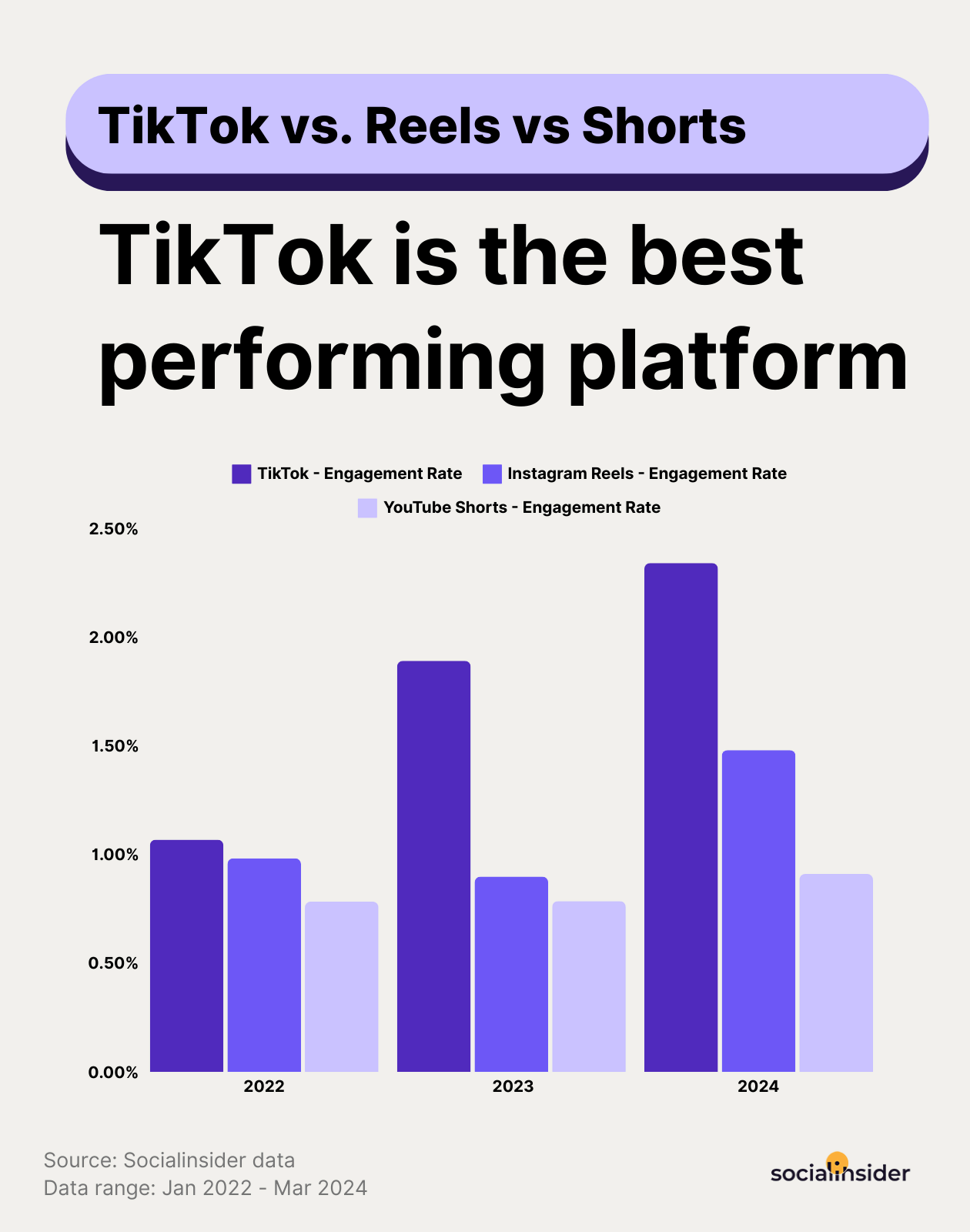
#7. Create more episodic, binge-worthy content
Focusing on your audience's needs and interests will help you build trust through honest communication, which, in turn, will encourage more meaningful engagement and long-term growth for your community.
If you want to focus on short-form content, here's a tip—you can break longer stories and experiences into episodes and release them across different platforms, based on what's more suited for each theme and approach.
This builds curiosity and helps you ensure you don’t overwhelm users with a lot of information at once.
To give you a successful example of this strategy, we advise you to look closely at Zoom’s Instagram feed, where you’ll see how they break up videos and posts into episodic content.
For example, they invited the Red Bull Racing Team’s famous racer, Max Verstappen, and created three short-form videos around that content. One of these reels got around 12.4K likes and 600 shares.
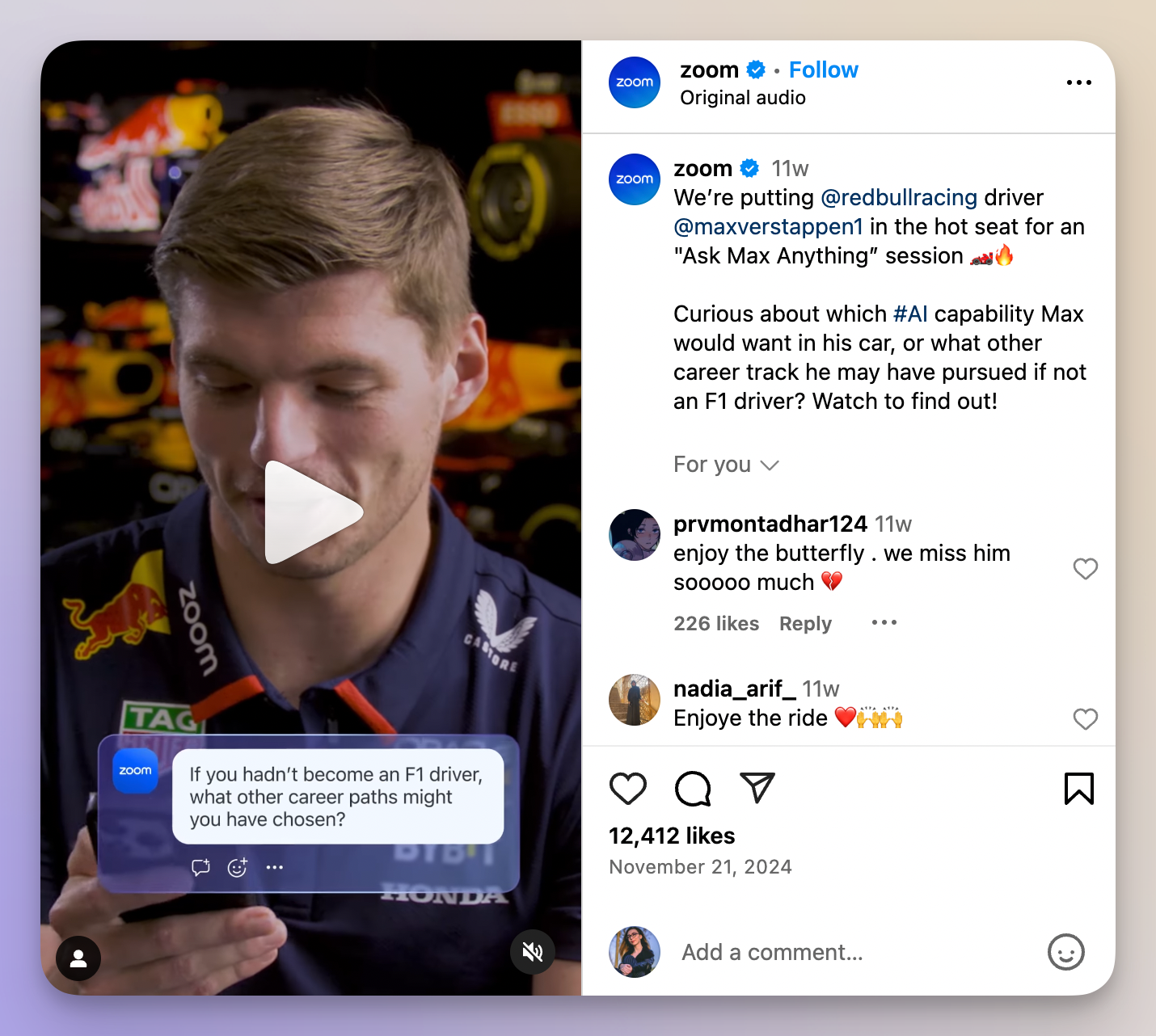
You can do this for feature releases, employee stories, case studies, and even themes. For example, A SaaS company could run Tech Tuesdays, where they break down industry trends weekly.
The future of brand communities
The base of all your social media activity is your community. But is it enough just to have a large social media follower base and call it your community? Let’s find out.
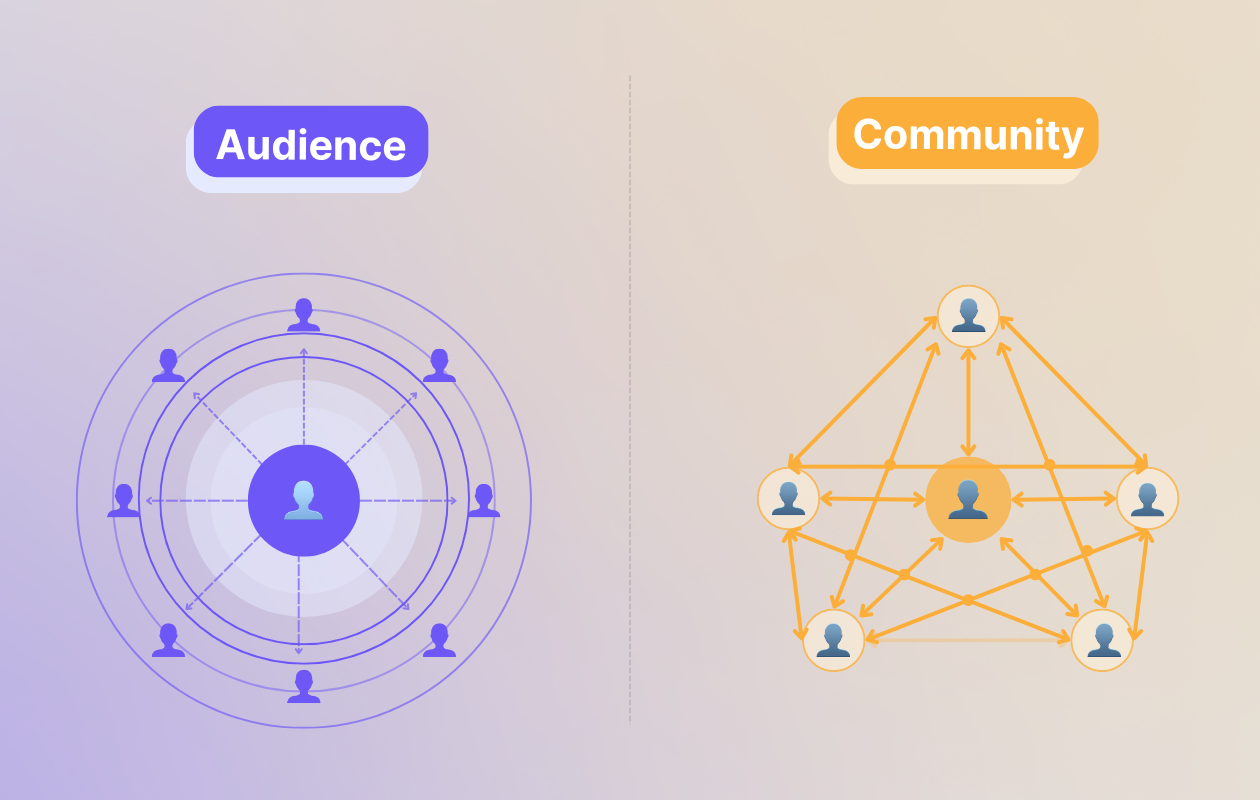
#8. Email and communities set brands up for long-term success
The future of social media will be focused on community.
Take these three statistics:
- 76.6% of consumers wish their favorite brands had a community.
- 39.1% feel a brand’s community provides more personalized, tailored, and relevant experiences.
- 40.1% of consumers are more likely to stay loyal to a favorite brand because of engaging with it in an online brand community.
Does that mean you should engage with the community via Reels and TikToks? Sure. But it goes beyond that.
Fatima Khan, founder of LinkedIn Tea, talks about this new development of social media:
Focus on creating content that feels native to each platform while building a backup strategy that doesn’t rely solely on social media; think email lists and community building.
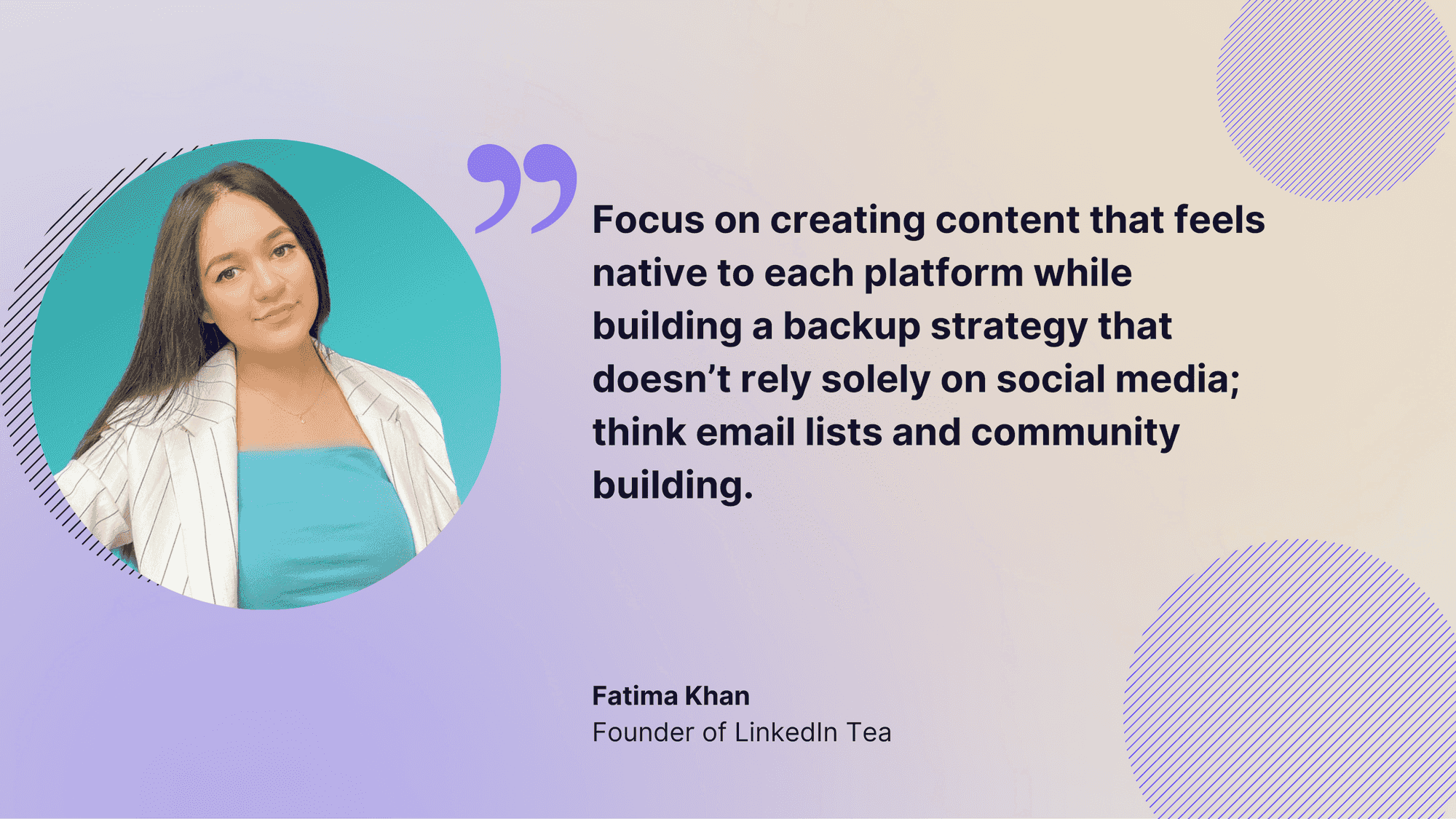
This means focusing on building email lists. Here’s how OmieLife increases its email subscribers through Instagram.
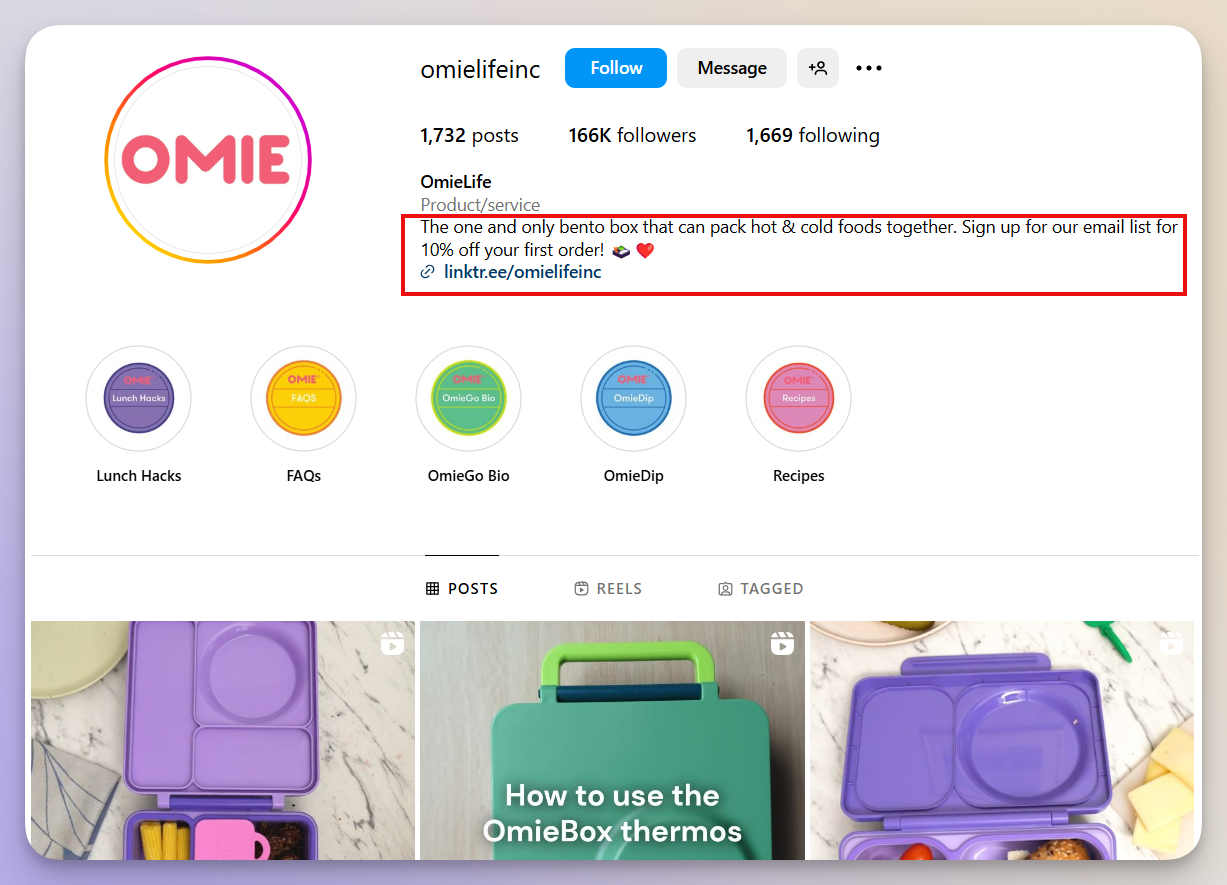
You can even use clickable links in Instagram Stories or your tweets to direct users to your email list.
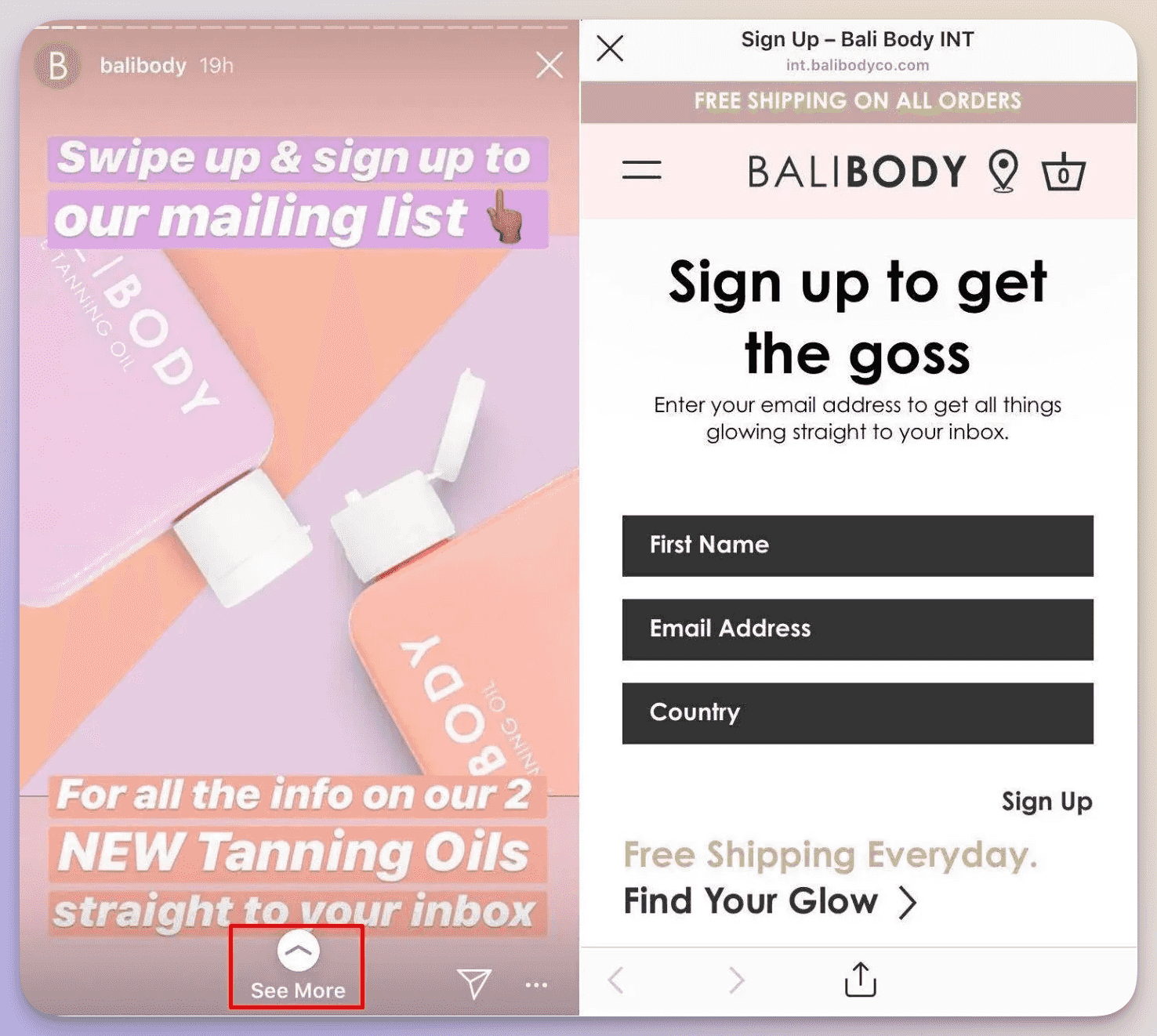
Conversely, promote your social media channels whenever you send any content to your email subscribers.
This helps create a tight-knit branded community, both on social media and email.
Stephanie Carls, in-house content creator at RetailMeNot, says:
Social media shifts fast, and brands that build adaptable strategies—not just platform-specific plans—will always win. With TikTok’s future in question, now’s the time to reinforce a strong video presence across Instagram Reels and YouTube Shorts while also thinking bigger.
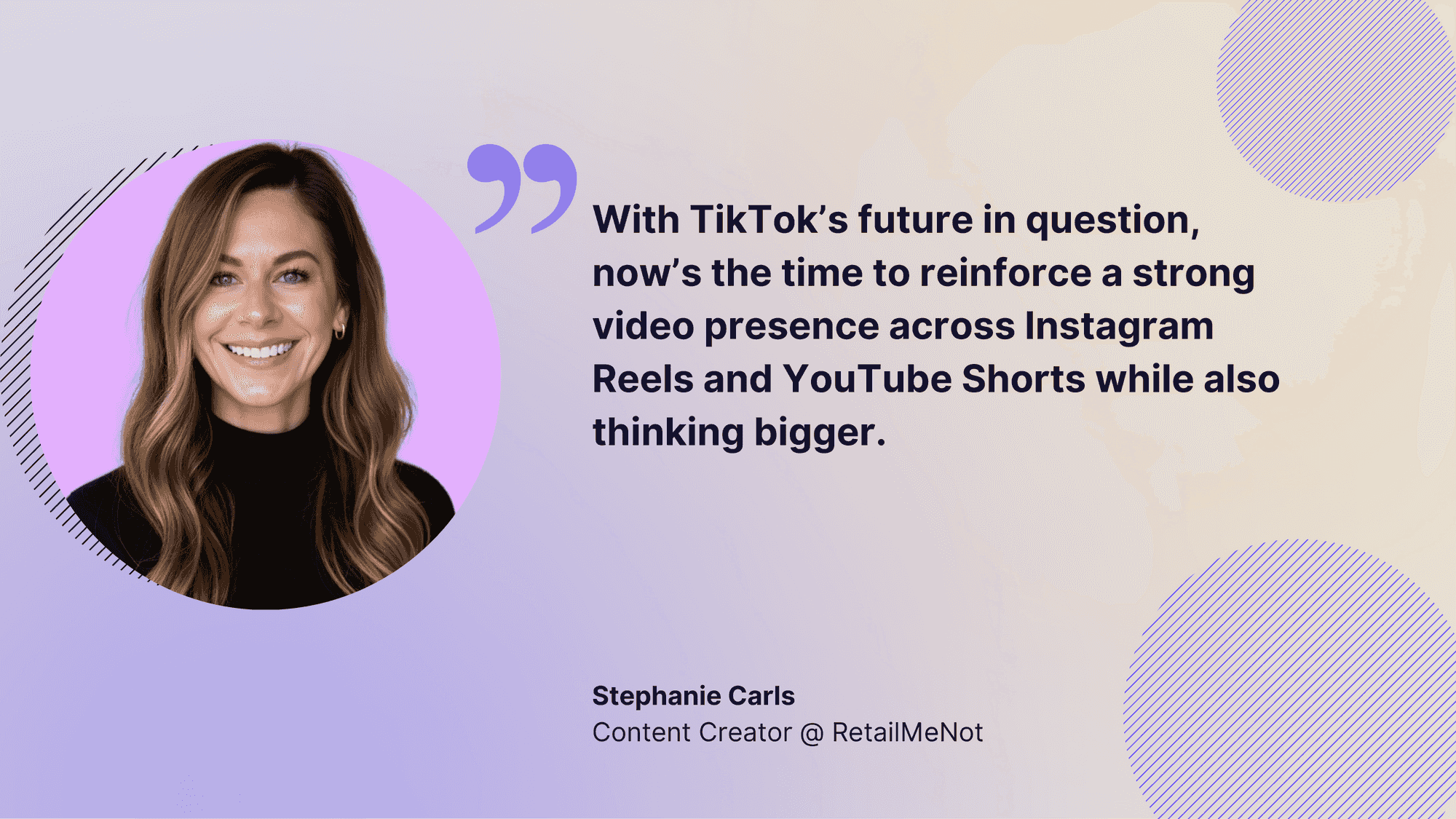
Focusing on their needs and interests will help you build trust through honest communication, which, in turn, will encourage more meaningful engagement and long-term growth for your community.
#9. Build community and trust through IRL experiences, community groups, and apps
65% of people say they are intentional about their use of social media. And with the increasing flow of content that’s poured into the users’ feeds, people are going to be more mindful about the kind of content they consume and the brands they associate with.
This means you’ll have to also focus on initiatives apart from social media marketing.This could mean hosting IRL (In-Real-Life) experiences like workshops, networking events, trial pop-ups & exhibits, etc.
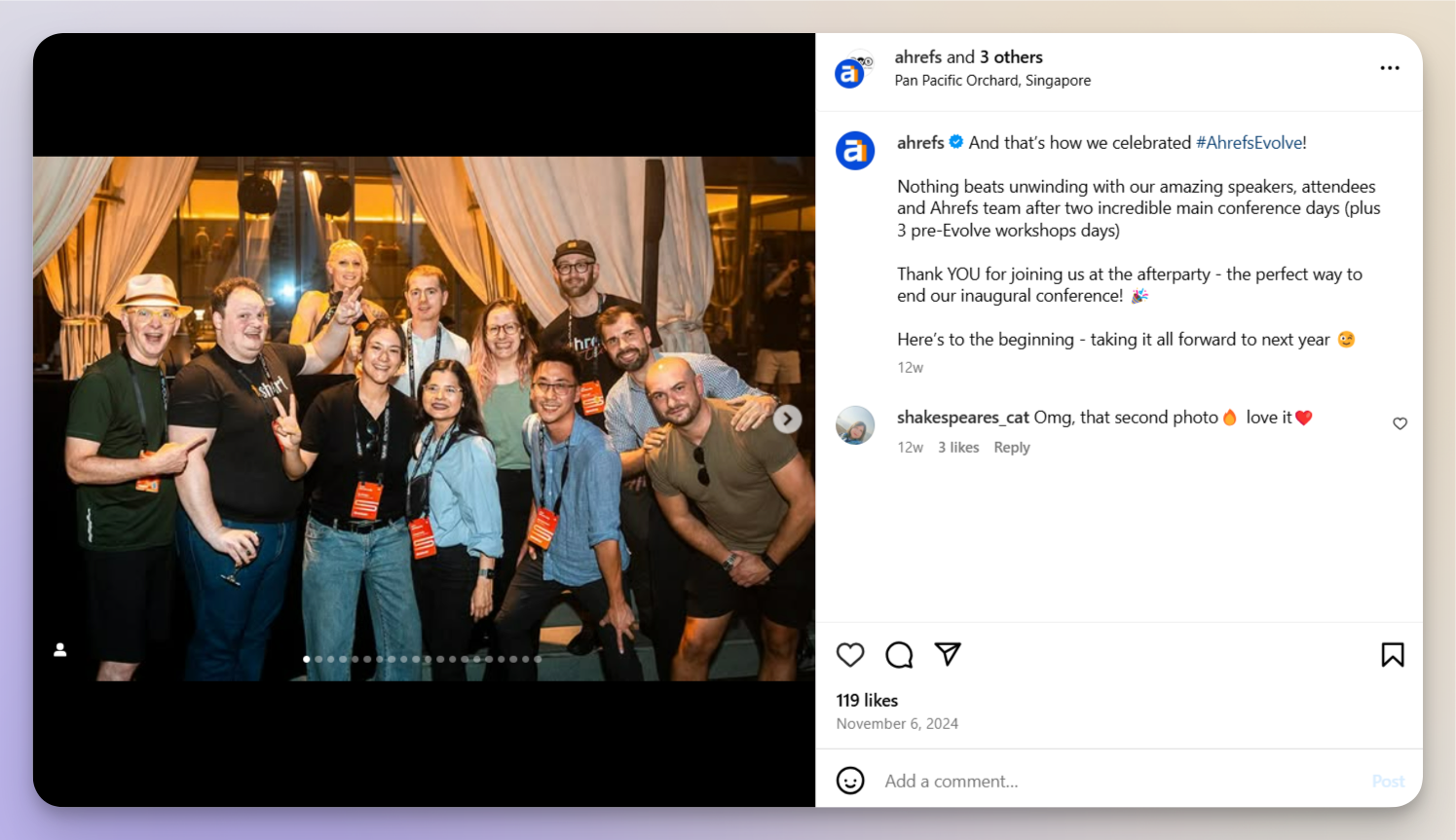
You can even build tight-knit community groups where people can share conversations, experiences, and ask questions.
For example, Socialinsider’s Facebook community actively shares social media marketing updates, product discussions, and the latest trends.
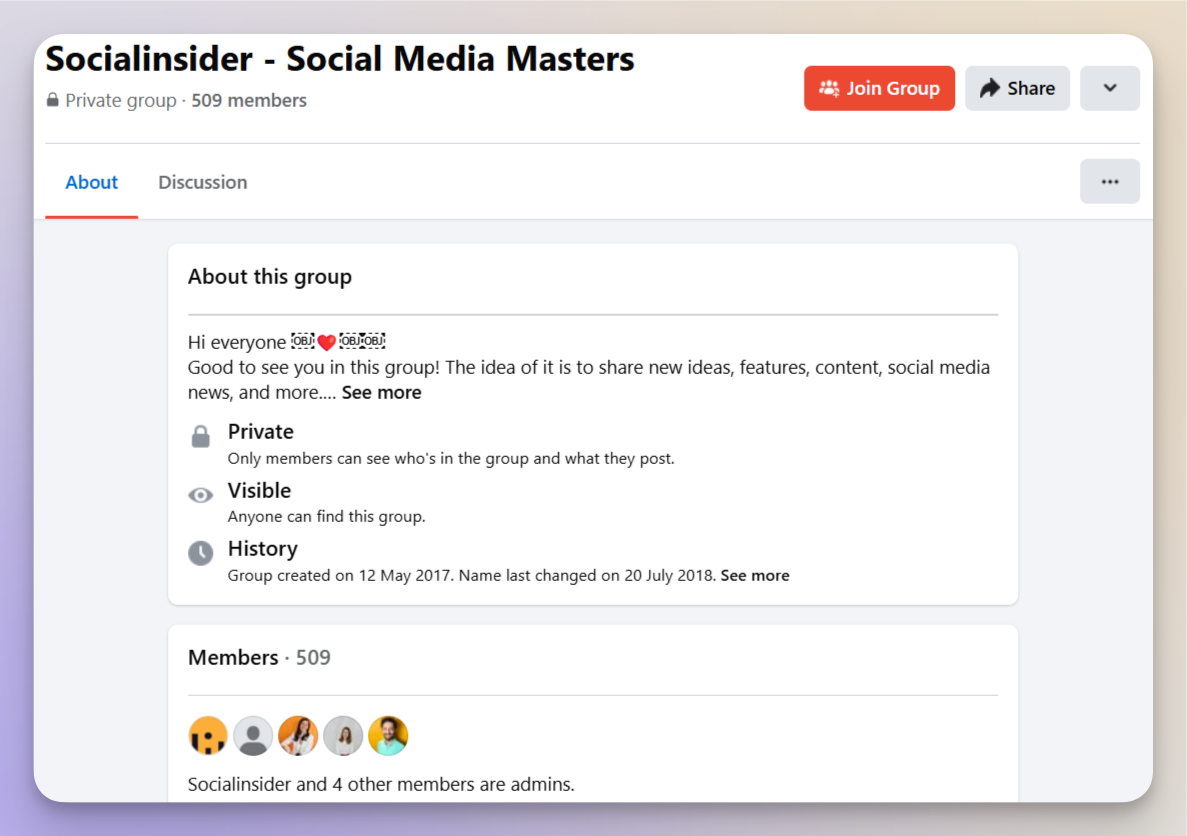
Many brands, such as fitness brands, also create apps for their communities where they share workout plans, challenges, meal plans, and more.
Gabe Gomez, Head of Social at MCoBeauty shares:
The reality is now that marketers must always consider how to diversify and decentralize their communities and engagement hubs. Think through how your marketing efforts can build community and trust through IRL experiences, community groups, and apps rather than one social media platform.
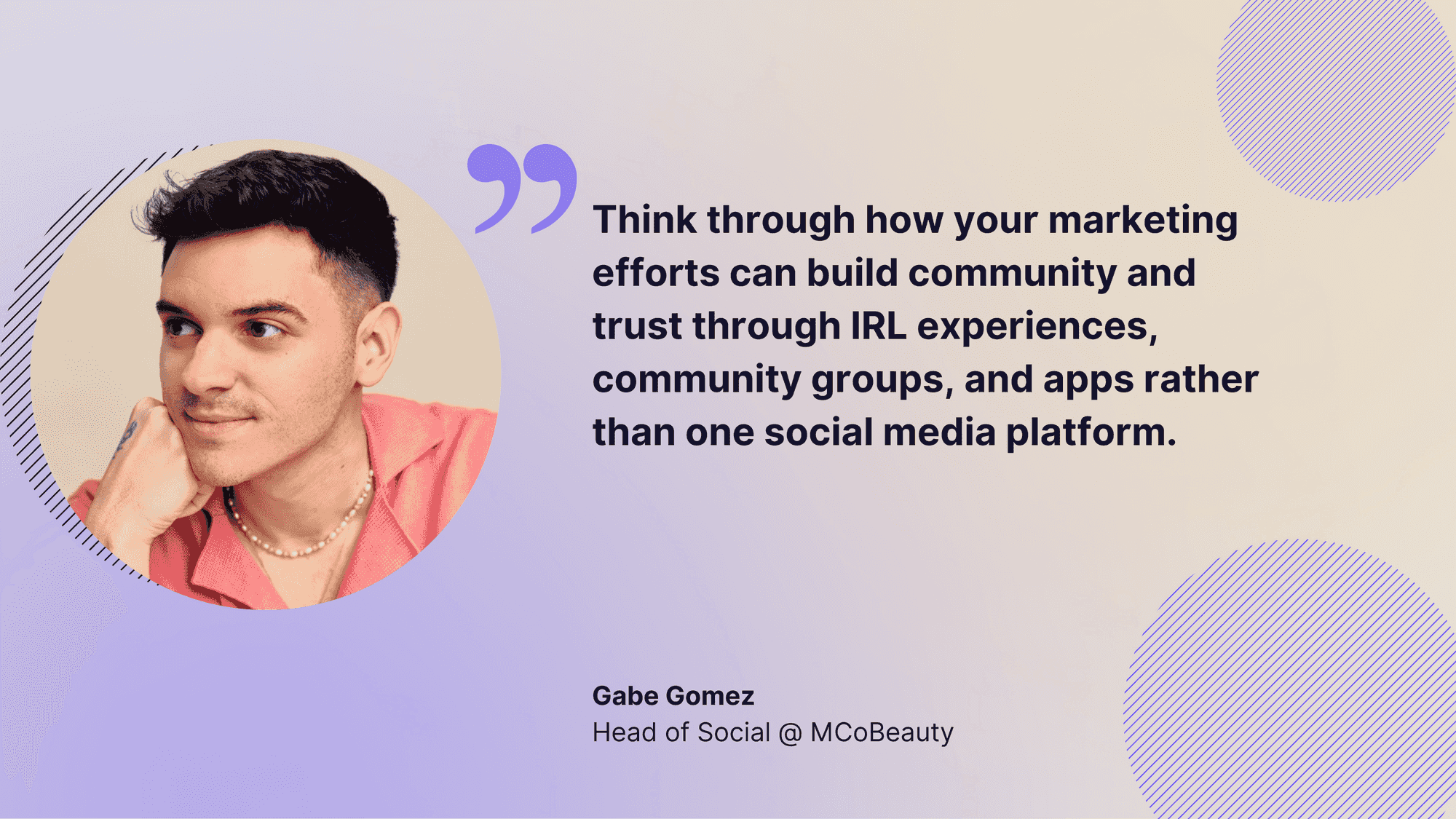
The future of social media audiences
Where will your audience be five years down the line? What will they seek when joining new social media platforms?
We reveal our predictions to these questions.
#10. Moving into the era of silent viewers
We are moving to the era of lurkers and silent viewers. Take a look at these stats:
- Facebook interactions are down 80%
- Instagram has a 16% YoY decline in engagement
- TikTok brand engagement has been slashed in half
Has this audience disappeared? Not really. But they are silently watching instead of engaging with content. Instead of liking or commenting, they are sending engaging posts to their friends and family.
They are choosing to take the private route. This means joining private groups, engaging in DMs, and silently viewing content.
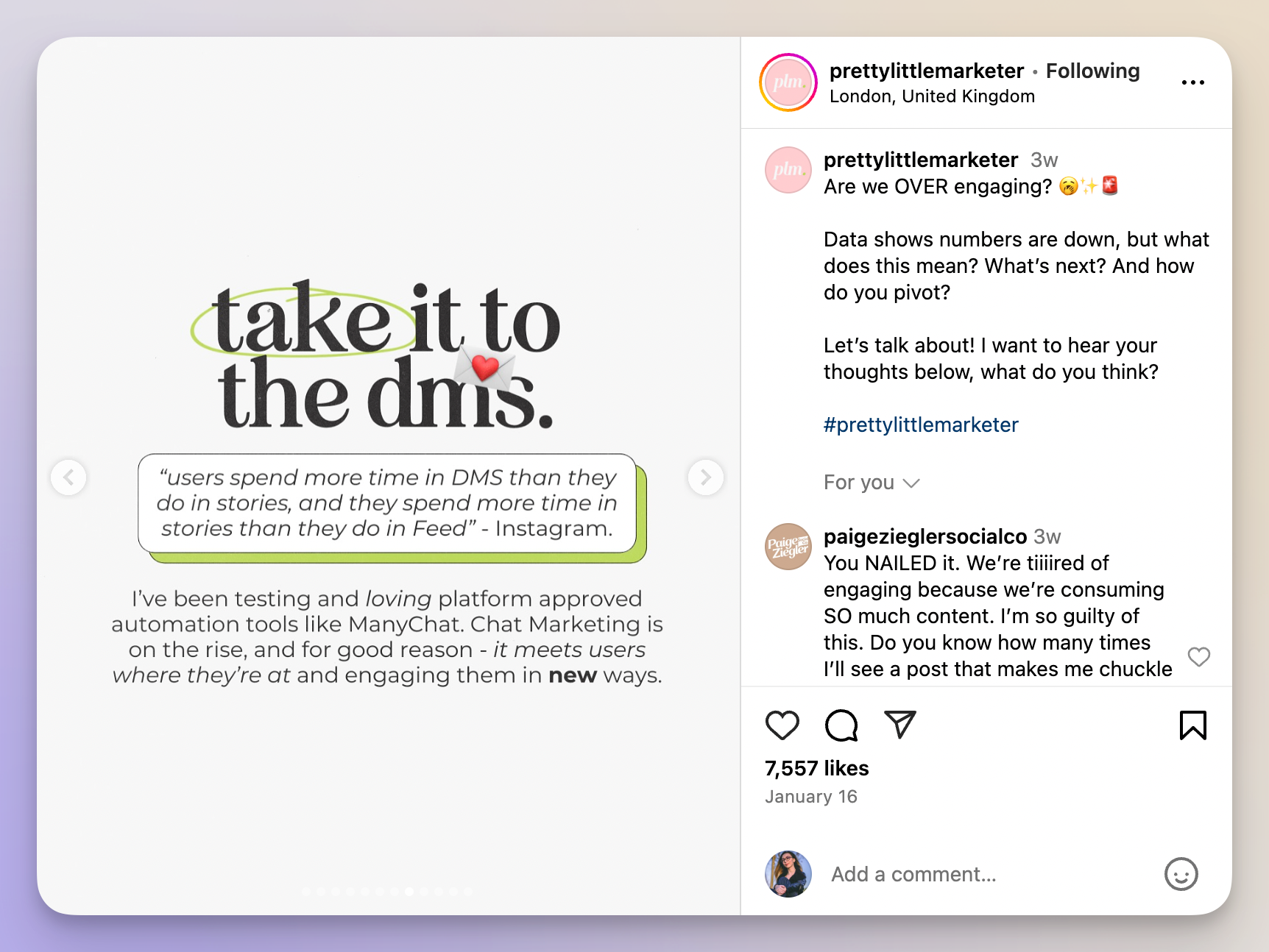
We predict that the future of social media marketing may involve prioritizing metrics like views, sends, and saves, along with likes and comments.
#11. Customers will look for trust & genuine connections
Accenture’s Life Trends Report 2025 has come up with an interesting term called “Hesitation Reflex.” This term essentially denotes that people are having a hard time trusting social media due to scams, deepfakes, and misleading ads.
Every time they encounter something, they have to ask, “Is this ad real?” or “Is this content AI-generated?”
No wonder then, 62% of respondents say that trust is an important factor when choosing to engage with a brand (up from 56% last year).
This is one reason brands are coming up with meaningful initiatives like Dove's “No AI Pledge.” They created an ad showcasing how AI provides unrealistic pictures for the prompts “a gorgeous woman” or “perfect skin.”
The brand then pledges never to use AI to create or distort existing images/models.
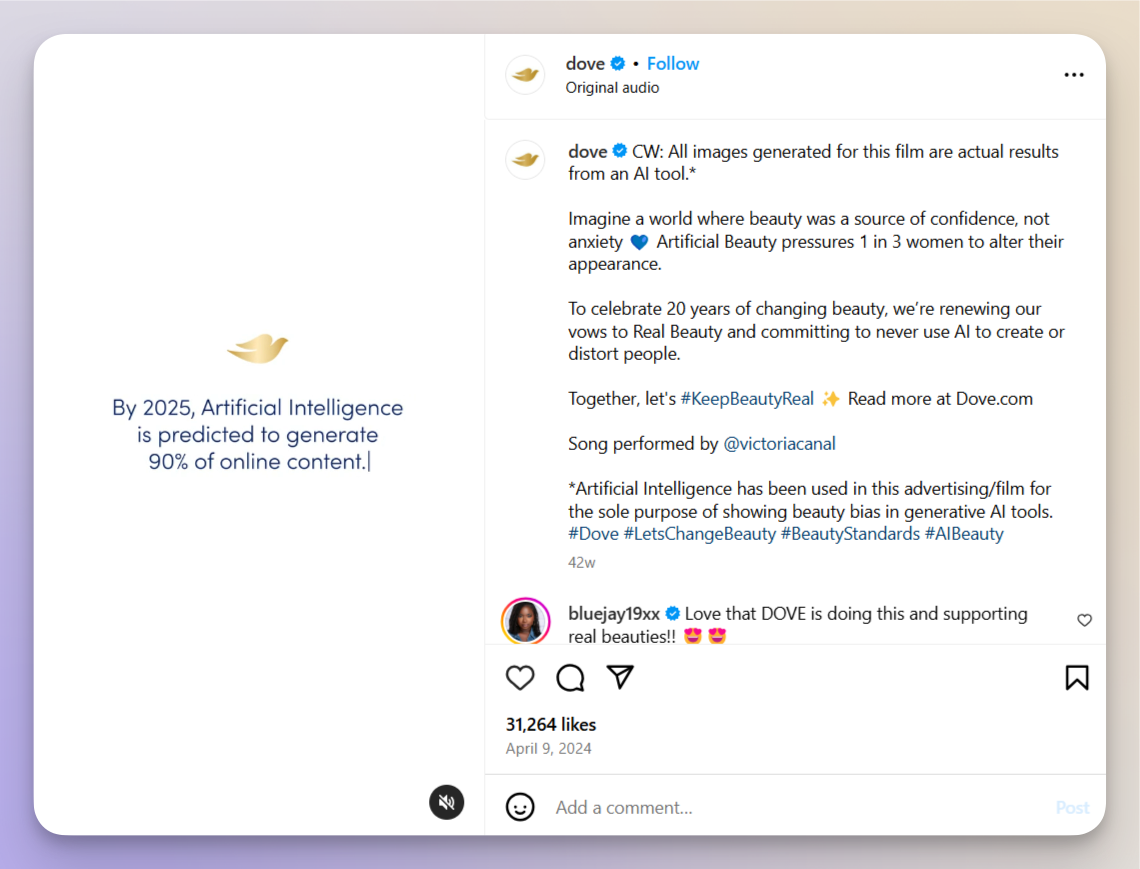
This move received a lot of applause from people all around the world. More importantly, it built trust in the brand.
Authenticity will be the key moving forward.
This means brands will have to showcase their human side, support meaningful causes, own up to their mistakes, avoid clickbait and overpromising, and feature real customer stories and testimonials.
The future of advertising
Many brands are investing in social media for running their ads. In this section, we’ll uncover the top social media platforms for advertising and how the future of AI in social media will impact the advertising landscape.
#12. AI ads personalization will get more powerful
Mark Schaefer, keynote speaker, and marketing consultant, talks about AI in ads:
By 2026, AI will revolutionize how you shop by acting as your personal buying assistant. Instead of seeing random ads, you'll get recommendations tailored to your exact needs. Craving a snack? Your AI will suggest foods that match your diet, taste preferences, and nutritional gaps. Shopping for clothes? It'll recommend pieces that complement your style, fit, and upcoming occasions.
The big shift? As these AI assistants get better at understanding our needs, traditional brand marketing will lose its influence. We'll trust data-driven recommendations over catchy slogans, fundamentally changing how we make purchase decisions.
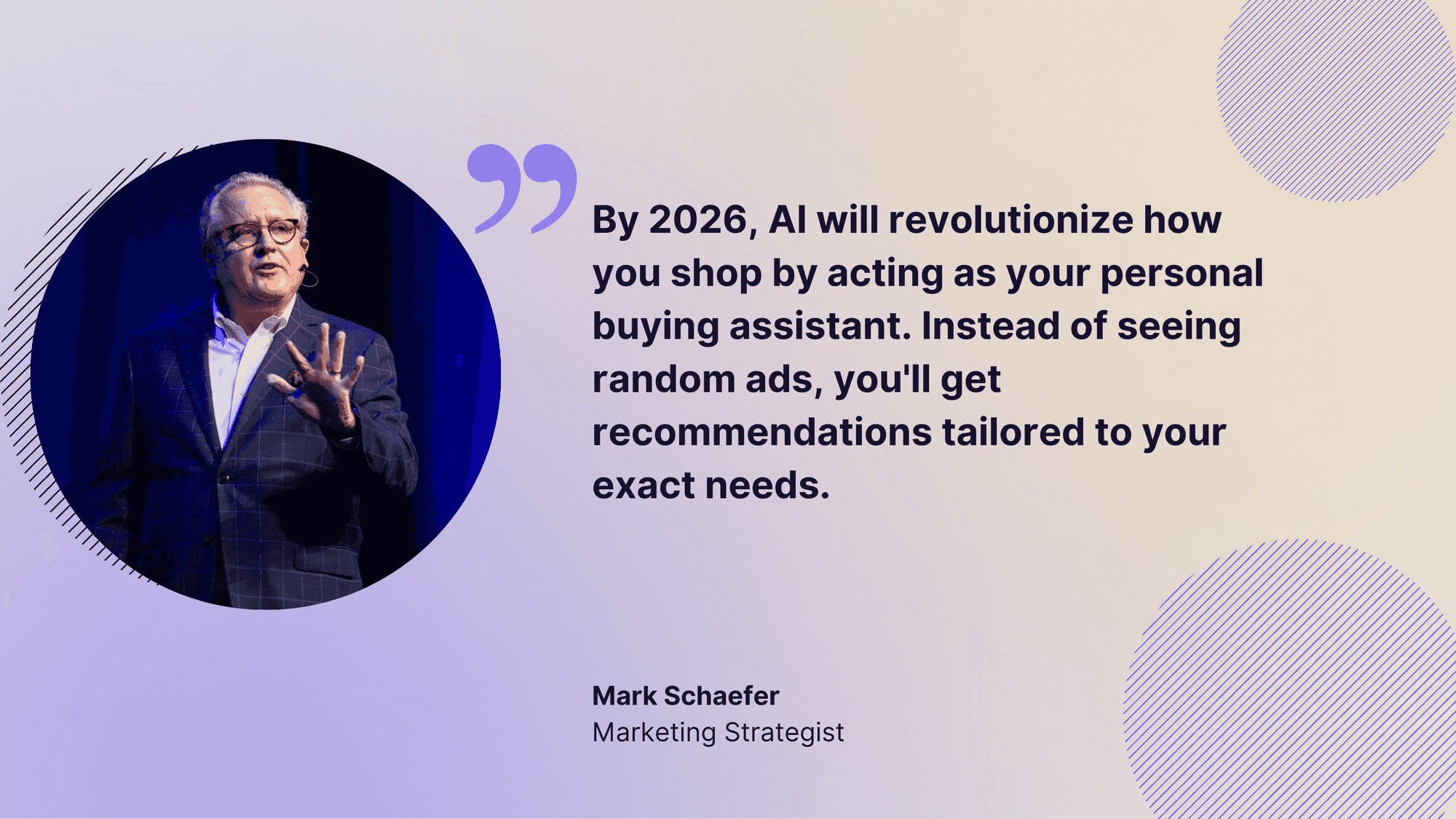
We think three key trends will pop up when it comes to social media advertising:
- Hyper personalization with predictive AI: AI will analyze real-time data from multiple sources (browsing history, purchase behavior, social media activity) to predict exactly what users want before they even search for it. Not just past behavior, but ads will be tailored based on predicted future needs using machine learning models.
- AI-powered micro-moments targeting: AI will detect micro-moments (when a user is most likely to make a purchase or decision) and trigger highly relevant ads at the perfect time.
- AI-optimized real-time ad adjustments: AI will test thousands of ad variations, automatically adjusting headlines, images, and CTA buttons to maximize conversions.
#13. Meta will be the top contender for advertising
According to WARC Media’s “Global Advertising Trends” report, social media is the largest media channel worldwide by advertising investment. And Meta alone represents 63% share of this global spend.
Three reasons why this platform will become more popular for advertising:
- It has the most number of monthly active users. This helps businesses reach diverse demographics and age groups worldwide.
- It offers multiple ad formats for maximum engagement. For example, reels, carousels, and image ads.
- It offers businesses AI tools. Meta recently launched Meta Advantage+ which helps automatically test over 150 creative combinations and deliver high-performing ads. It also helps match target audiences, optimize budgets, and simplify bidding.
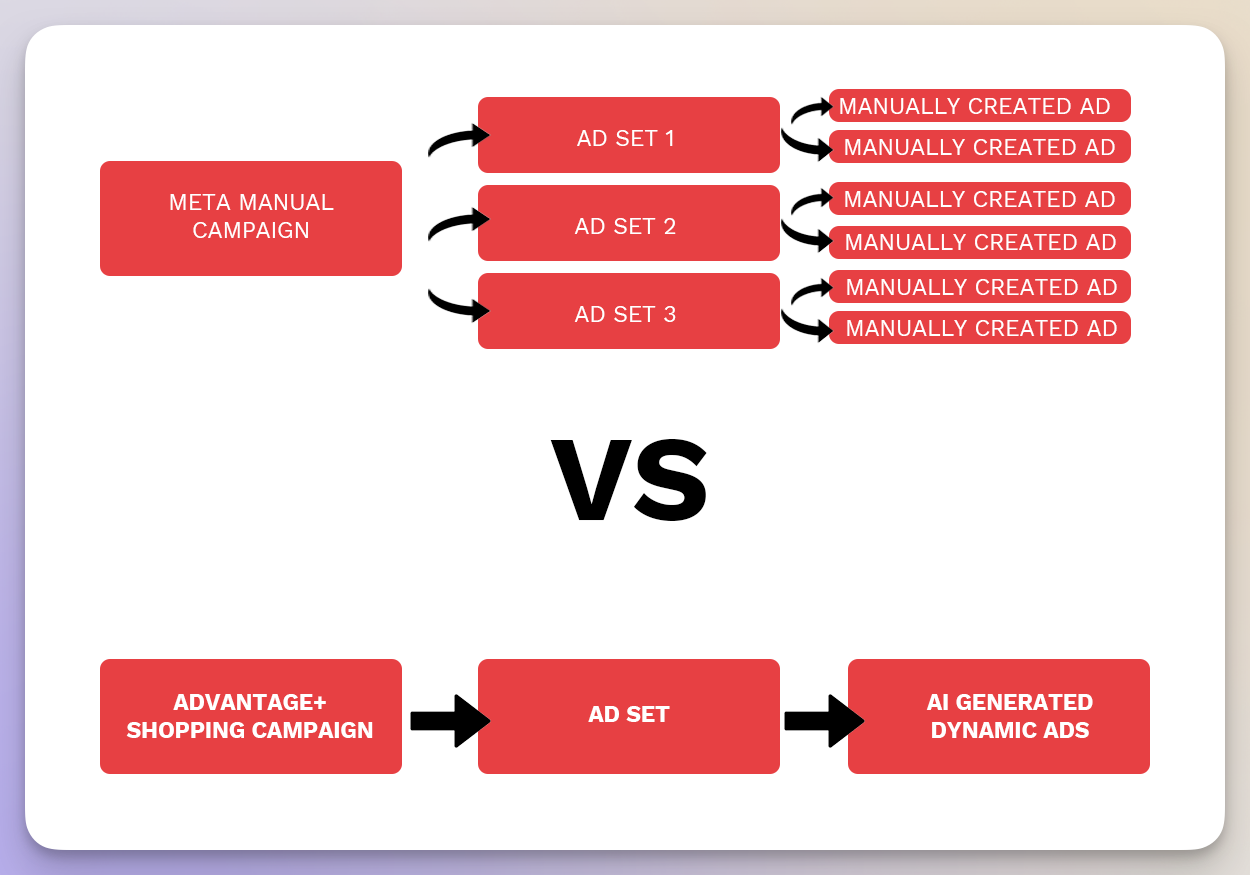
These tools even help small businesses venture into advertising as they don’t need to manually take a lot of effort.
So, if you’re looking to get started with social media advertising in 2025, Meta is the way to go. Their machine-learning models will also get trained as you keep posting ads, helping you get better results in the future.
The future of social search
People are changing how they search for brands and products. They no longer stick to just Google. They are exploring social platforms as search engines. Let’s learn what the future of search has in store.
#14. Adapt your brand strategy to the era of social search
According to HubSpot, 87% of social media marketers think consumers will search for brands on social media as compared to search engines.
This change is largely driven by Gen Zs and millennials, who prefer the visual, real, and community-driven nature of social platforms.
For example, if you search for beauty brands on Google, you’ll get a list based on search rankings and online reviews.
But if you search the same on social media, you get recommendations from friends, beauty influencers, and favorite creators. This makes the search more fruitful and trustworthy.
Statistics prove this changing trend.
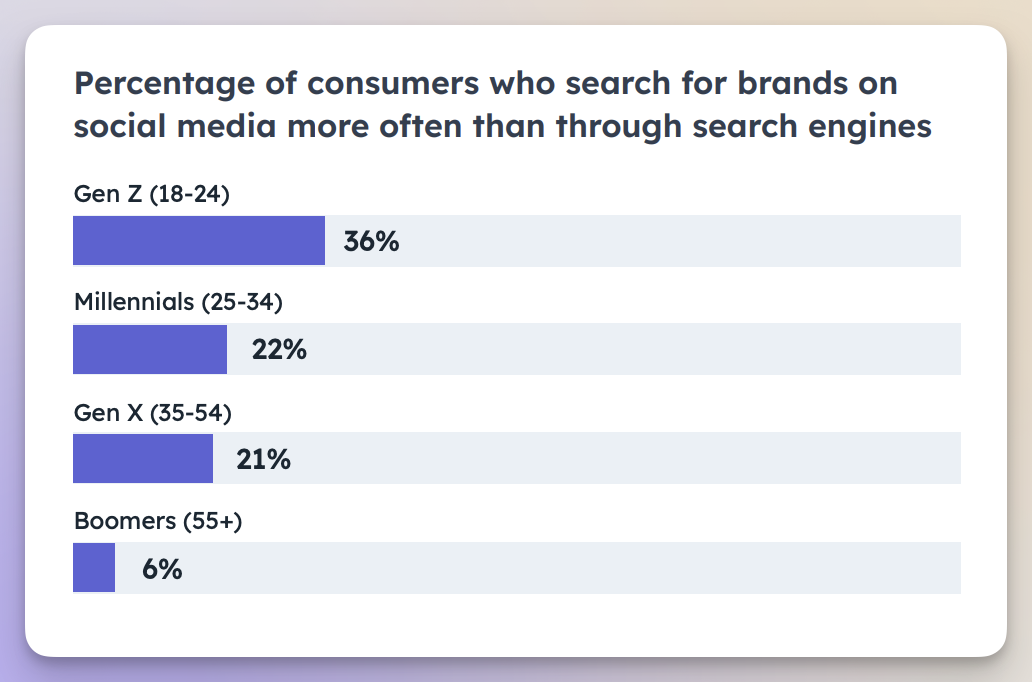
Even Google’s senior Vice President of Knowledge and Information, Prabhakar Raghavan, confirmed this trend. He said, “In our studies, something like almost 40% of young people, when they’re looking for a place for lunch, they don’t go to Google Maps or Search. They go to TikTok or Instagram.”
He further commented that this is due to young consumers looking for more visual-rich results and steering away from search engines that favor text.
Here’s how different age groups prefer different social platforms for search.
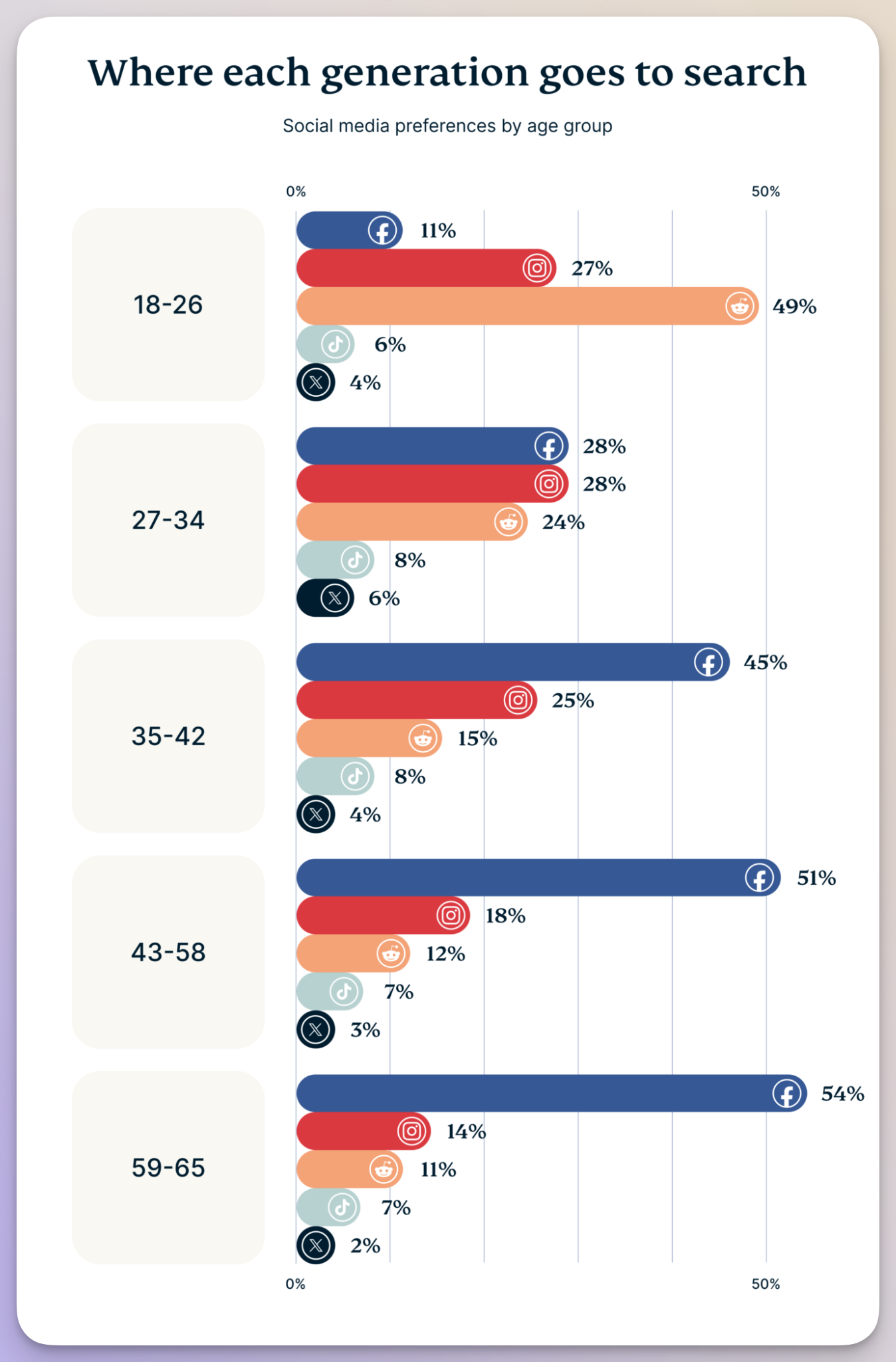
Some things you can do to prepare for this future:
- Include relevant keywords and hashtags in your bio and posts
- Have a consistent username across accounts. Mention what your brand does in the bio.
- Optimize video captions, titles, and descriptions with search-friendly terms.
Kymberley Thomson, senior global social media & community manager at Primark, talks about the era of social search:
As search on social continues to grow, we’ll see even more value put on the insights we can gather to generate content which gives our community a reason to engage.
With some platforms catching up to integrating their search functionality - many brands are sleeping on Pinterest! With its integration to connect up your Instagram to automatically upload your posts, it’s a win win, low effort high reward!
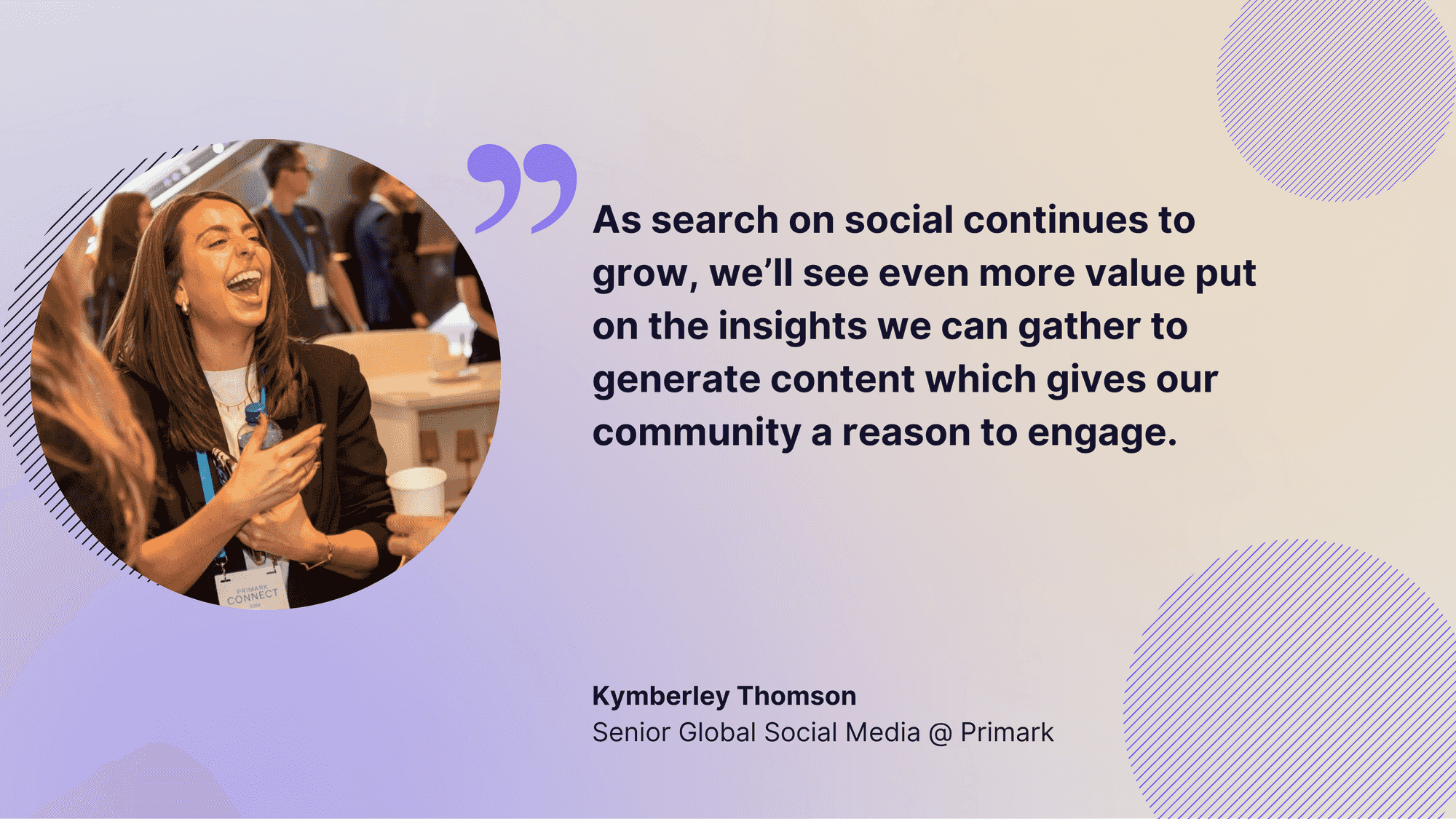
The future of customer support
According to a Zendesk report, over 50% of consumers feel increasingly stressed and exhausted when dealing with customer support.
This shows that customer support will need to improve. After all, consumers only give companies an average of 2.2 chances before switching to a competitor.
Here’s how social media in the future will play an important role in customer support.
#15. Support will be a part of marketing
According to a Forrester report, more than one-third of marketing leaders say their function is the primary owner of customer experience.
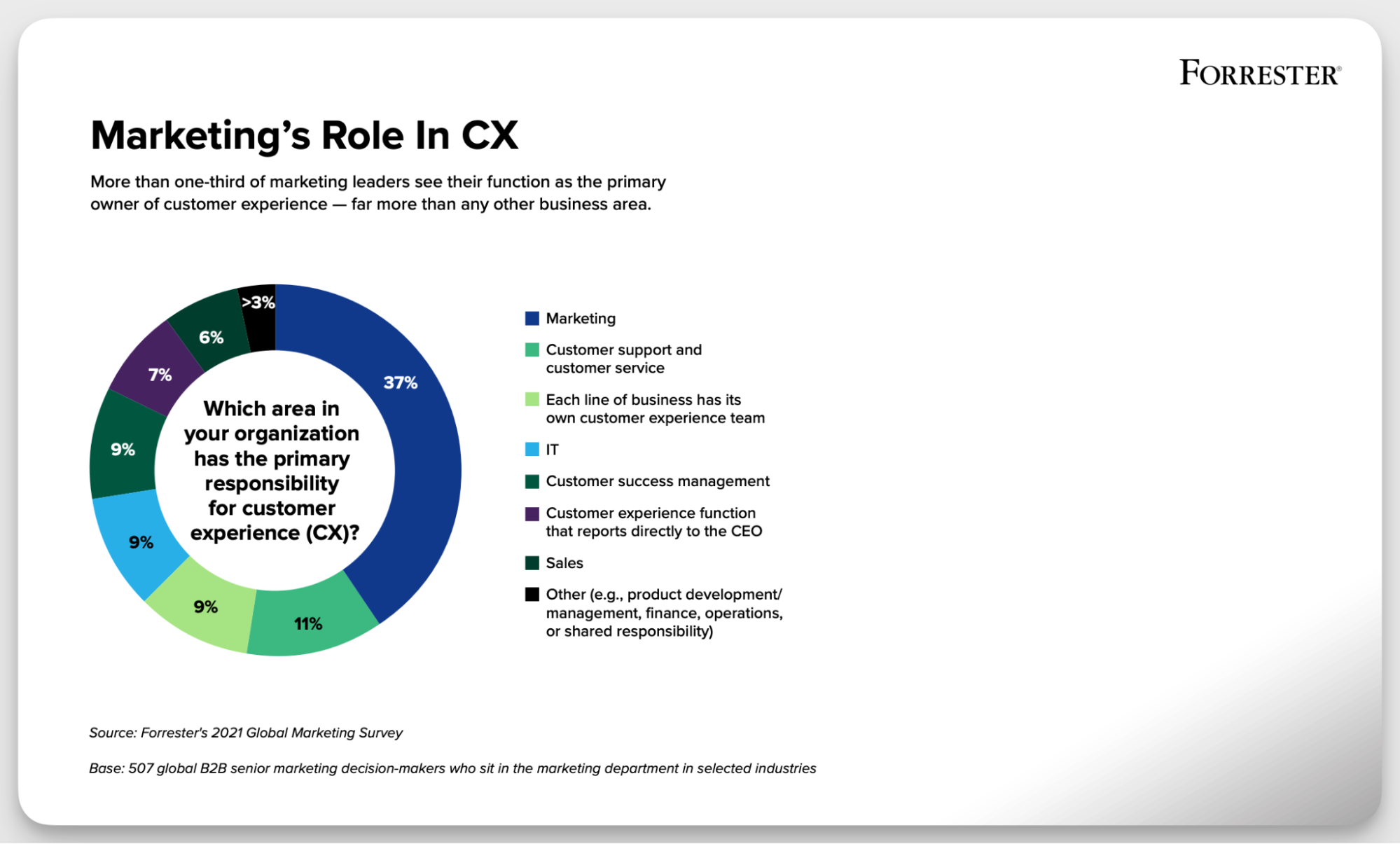
This means CEOs are constantly looking at their marketing function to provide data and insights around customer experience. This data guides the development of processes and approaches that meet the customers’ needs at every touchpoint.
This means:
- Marketers will not only be equipped in promoting the brand but also looking at the different ways in which customer experience can be improved.
- Marketers will be in constant touch with customer support reps, getting insights into the problems customers are facing.
For example, if a company's marketing team analyzes social media and customer support data and finds that customers frequently complain about long delivery times, the CEO can use this insight to improve logistics.
The company might train customer support teams to proactively update customers on shipping status and introduce AI chatbots to provide real-time tracking updates.
#16. Using AI and chatbots to provide immediate, round-the-clock support on social
90% of customers rate an “immediate” response as crucial when they have a customer service question. 60% of these customers define immediate as 10 minutes or less.
This means customers want to get their queries solved as quickly as possible. Whether they are on your website or social profiles, you need to get them the support they require.
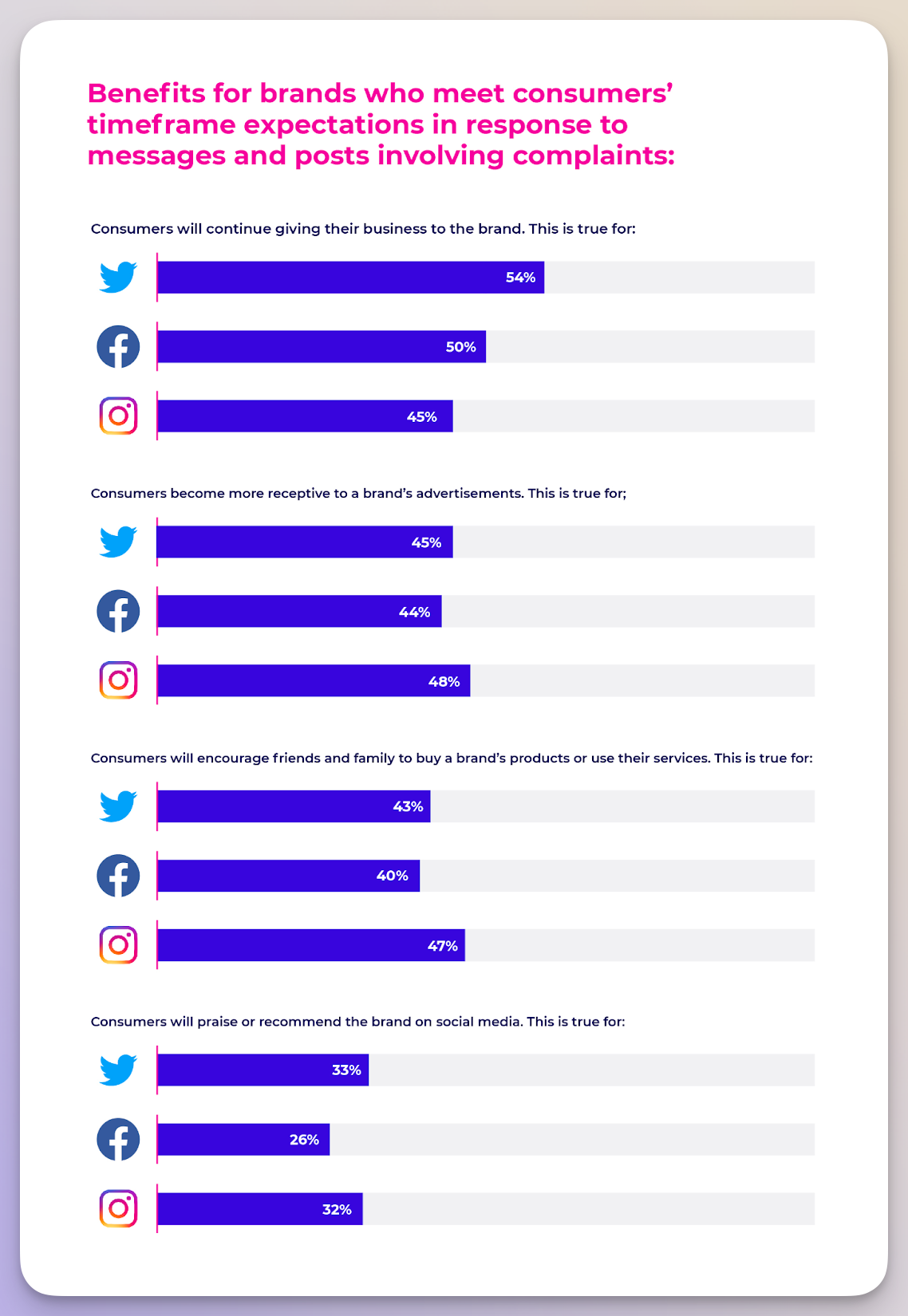
This shows that more brands will adopt AI and chatbots to meet these queries on social media.
For example, you can use social listening tools that use AI to find tweets/posts that raise a complaint for your brand. The faster this happens, the quickly you can reply to that tweet/post.
Another way is to use chatbots that reply to queries in DMs. You can initiate chatbots on Facebook and Instagram first, as they are the most popular social media platforms for customers to raise queries.
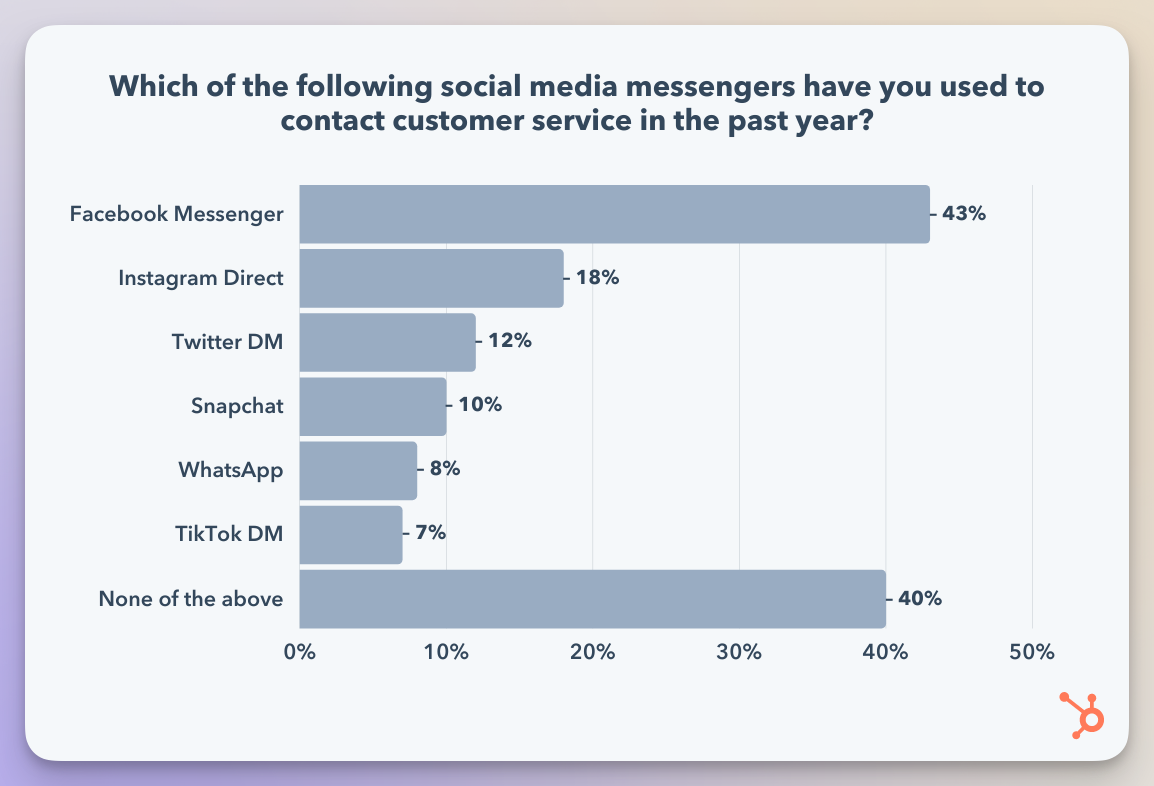
You can set up auto-generated flows, customize responses to match your brand's tone, and utilize interactive features like clickable buttons and carousels.
Because younger generations are going to be on social media first than anywhere else, we’ll see their first choice for customer support being social. And what’s more?
According to McKinsey, brands that offer support on social will see their customers spending 20 to 40 percent more.
The future of influencer campaigns
Influencer marketing is far from dead. Its global market size is projected to reach $32.55 billion by the end of 2025.
However, brands are using influencer marketing differently. Let’s look at the two main changes in approaches.
#17. Brands focus on co-creation
According to a recent survey by Deloitte, consumers follow an average of 14 social media creators compared with only 7 brands.
By focusing on co-creation with these influencers and creators, you can tap into fresh ideas, create unique customer-driven solutions, and build trust.
But what exactly is co-creation?
It’s a collaborative partnership where brands and influencers or industry experts co-develop products, content, or campaigns.
This goes beyond the simple brand-influencer partnership and focuses on getting more from the partnership than just a series of posts.
Such collections create hype and a feeling of exclusivity, leading to these drops selling out instantly.
To step into co-creation, choose the right influencers and balance creative freedom with brand guidelines.
#18. Nano and micro-influencers are winning
Brands are no longer sticking to just celebrities and macro influencers.
In fact, micro and nano influencers make up about 90% of all influencers.They even see higher engagement because of their stronger relationships with their small audience.
Not only that, statistics suggest that nano influencers are also more likely to influence purchasing decisions.
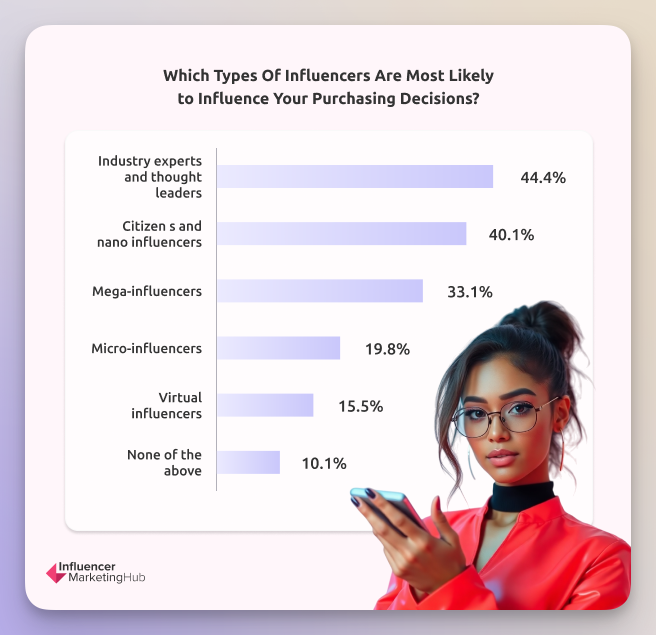
Let’s look at why brands will look to partner with nano influencers in the future.
- Nano and micro-influencers are less expensive than mega-influencers.
- Influencers with smaller followings are more active and engaged with their audience. This helps brands create content that seems more authentic and audience-focused.
- These influencers often have specialized audiences (for example, vegan food, sustainable fashion, pet care, etc.), which is perfect for brands targeting specific demographics rather than mass appeal.
Christina Miller, chief social officer at EMEA VML, talks about the future of influencers:
Exhausted by the constant influx of superficial content, users will seek refuge in closed communities. Influencers will transform into community leaders, cultivating relationships within private groups and direct messages. Micro-influencers, adept at personalised interaction, will hold significant sway.
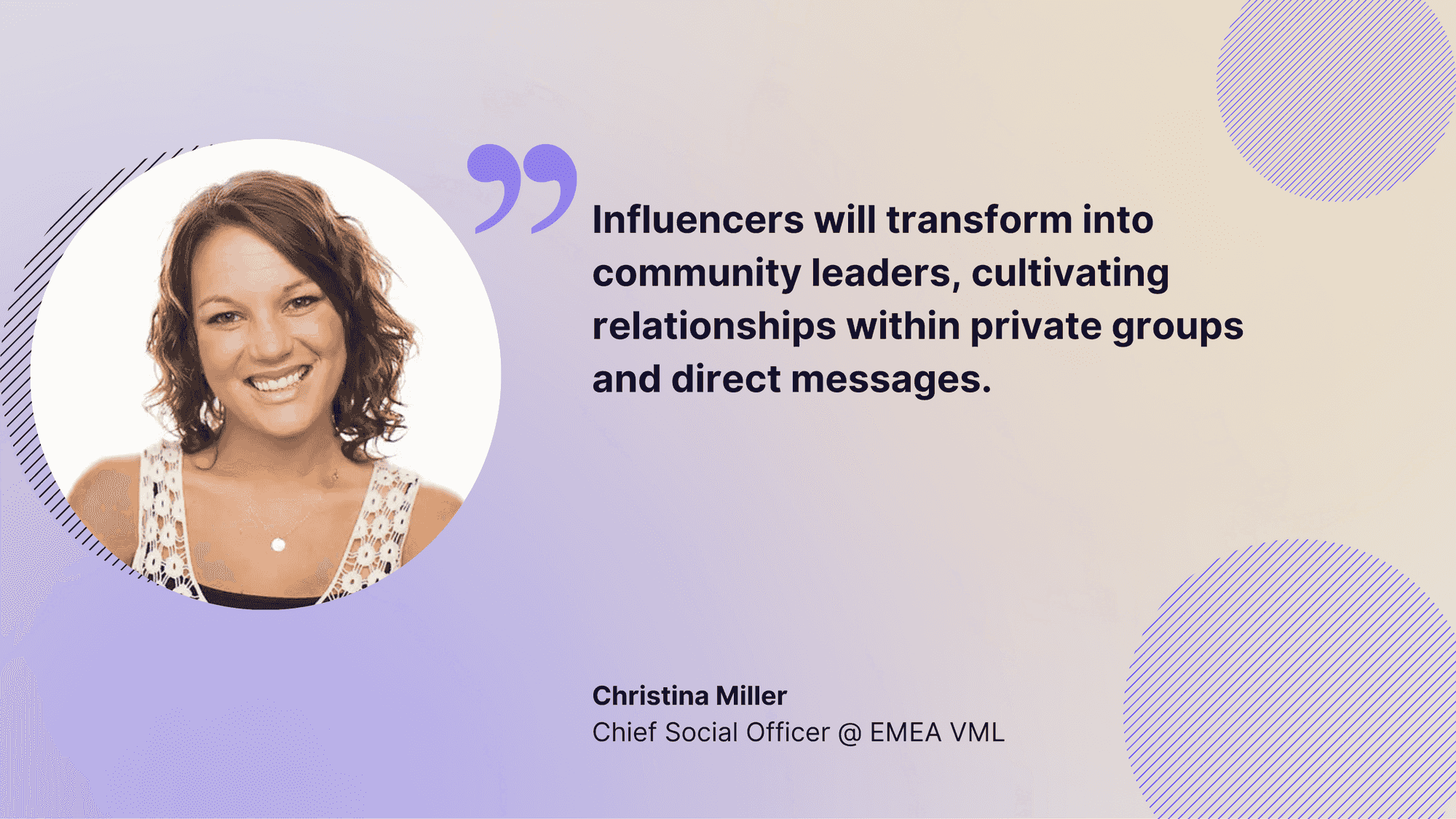
The future of social commerce
Social commerce generated an estimated revenue of $571 billion in 2023 and it is expected to touch $1 trillion soon.
People are not just connecting with their friends and consuming content on social media. It’s become an easy way to shop as well.
19. Social commerce brings new opportunities for individuals and small businesses
Growing at a CAGR of 26%, the social commerce opportunity will reach $1.2 trillion by the end of 2025.
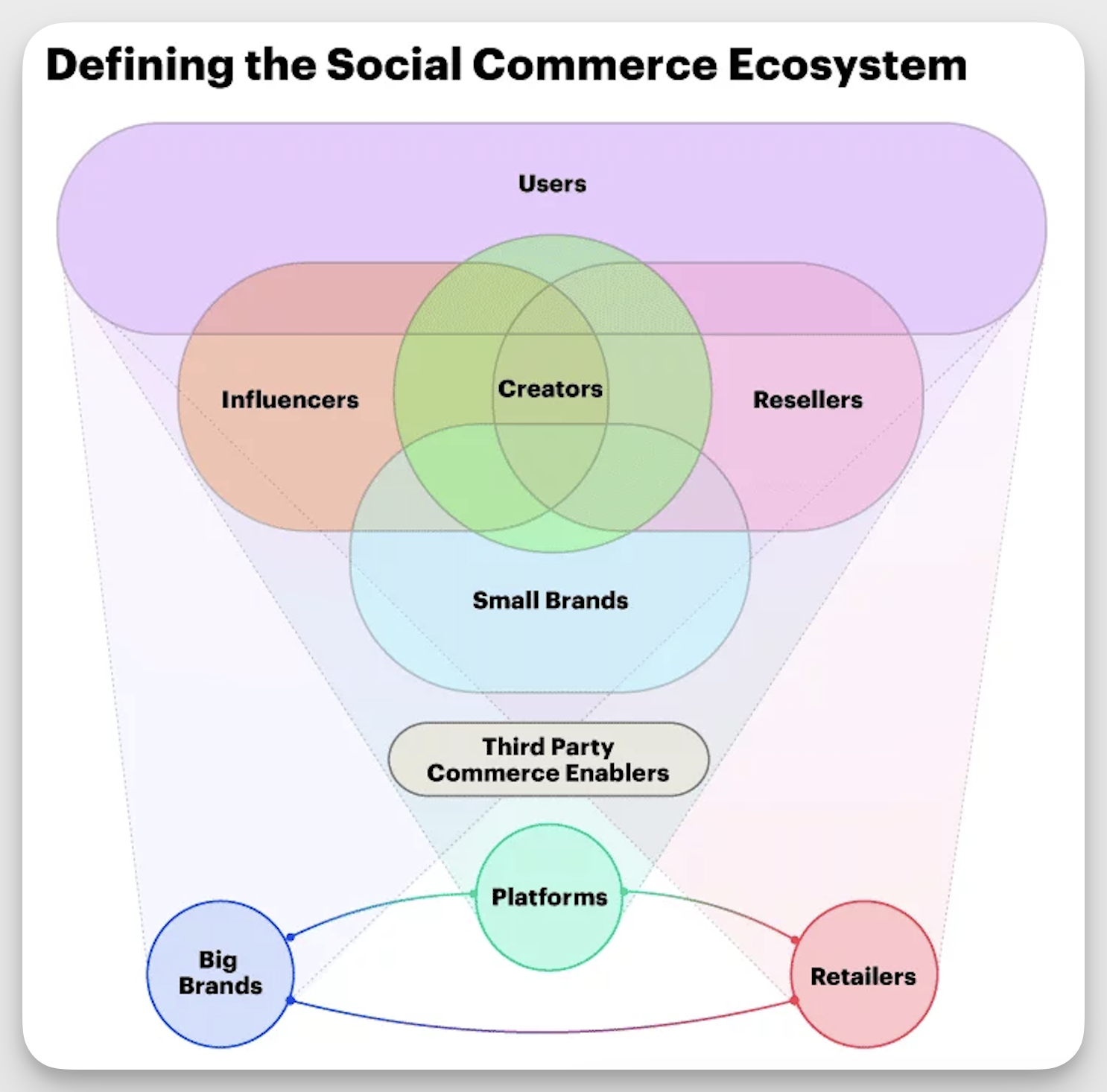
Take the #TikTokMadeMeBuyIt trend.
It’s still going strong. In 2024, it recorded revenue of over $20 billion, surpassing even Facebook and Instagram, which jointly recorded $94 million.
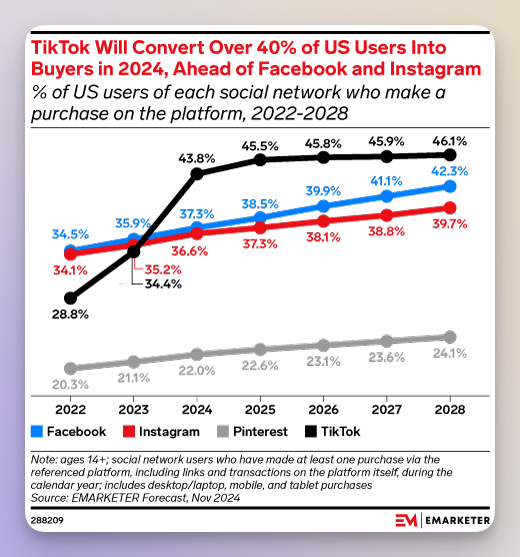
The platform is trying to make it easy for the audience to shop with their TikTok shop. It enables brands to showcase and sell products through various formats such as in-feed videos, LIVEs, and product showcase tabs.
The best part? Shoppers can complete transactions without leaving TikTok at all.
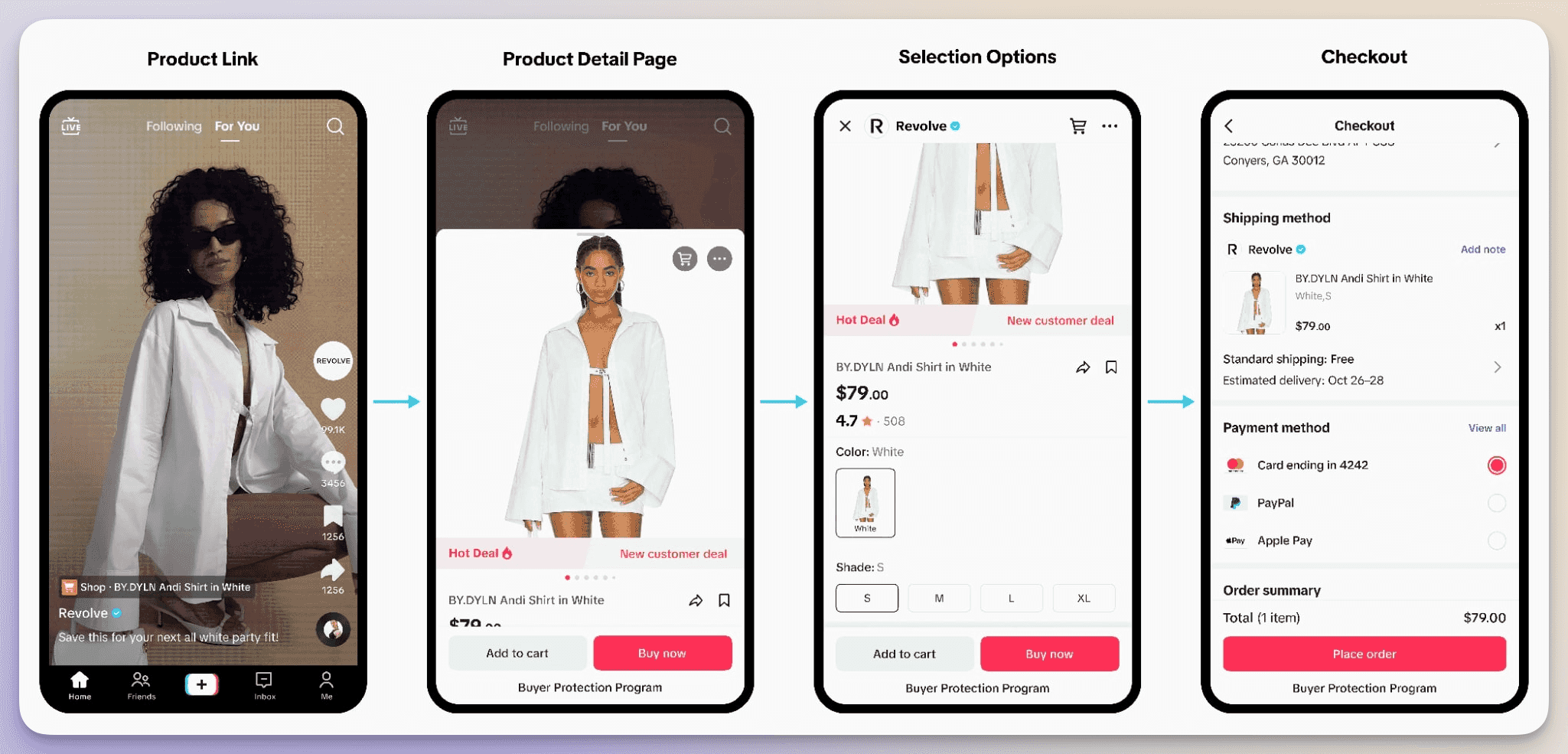
Meta also followed suit by offering in-app checkout in 2023.
Platforms like Snapchat aren’t far behind when it comes to helping small businesses and individuals sell their products. For example, their AR-powered shopping lenses allows Snapchatters to interact with and try on things like cosmetics and clothes.
Final thoughts
The future of social media will be defined by dynamic, immersive experiences that prioritize creativity, authenticity, and connection.
As platforms evolve, visual storytelling will take center stage, driving deeper engagement and emotional resonance.
At the same time, cutting-edge technology will enable hyper-personalized interactions, ensuring content feels relevant and meaningful to each user.
Building strong, vibrant communities will become a cornerstone, fostering collaboration and trust in a digital world.
With AI shaping how we create, curate, and connect, the next generation of social media promises to be smarter, more inclusive, and more impactful than ever before.






